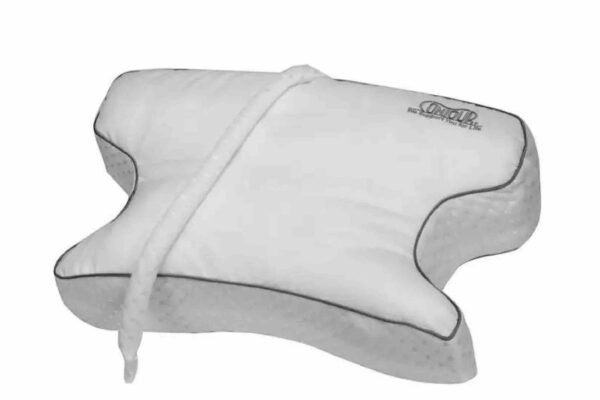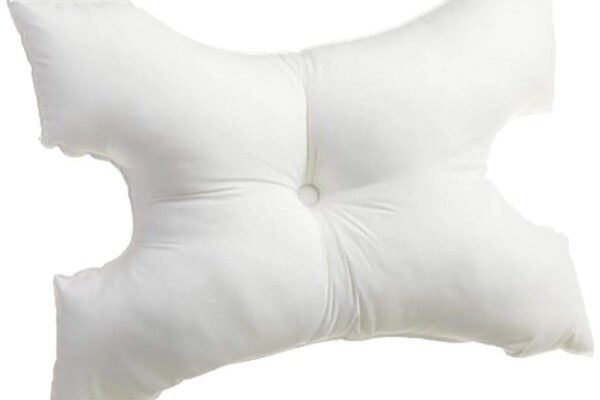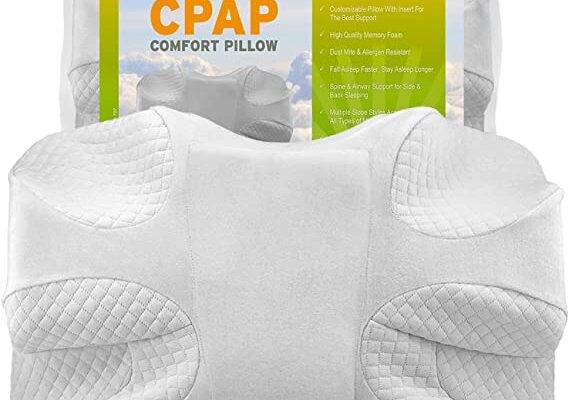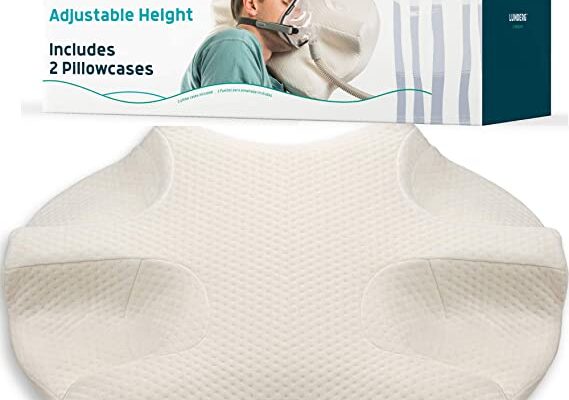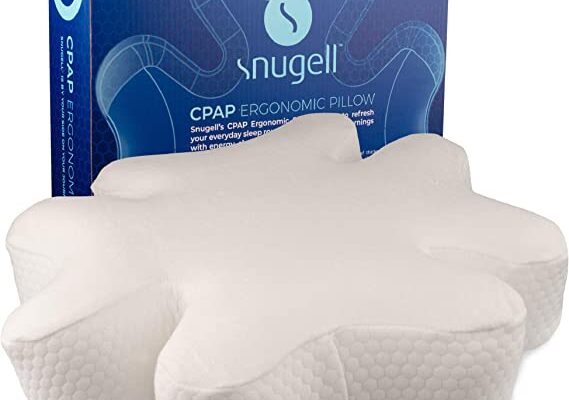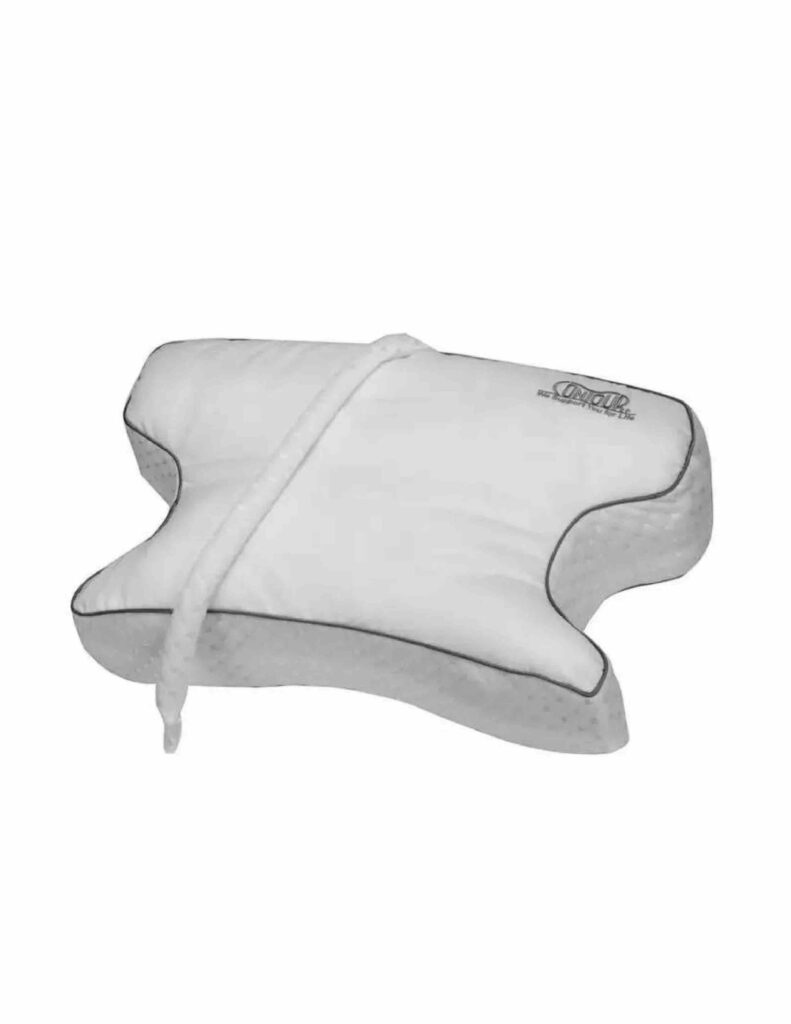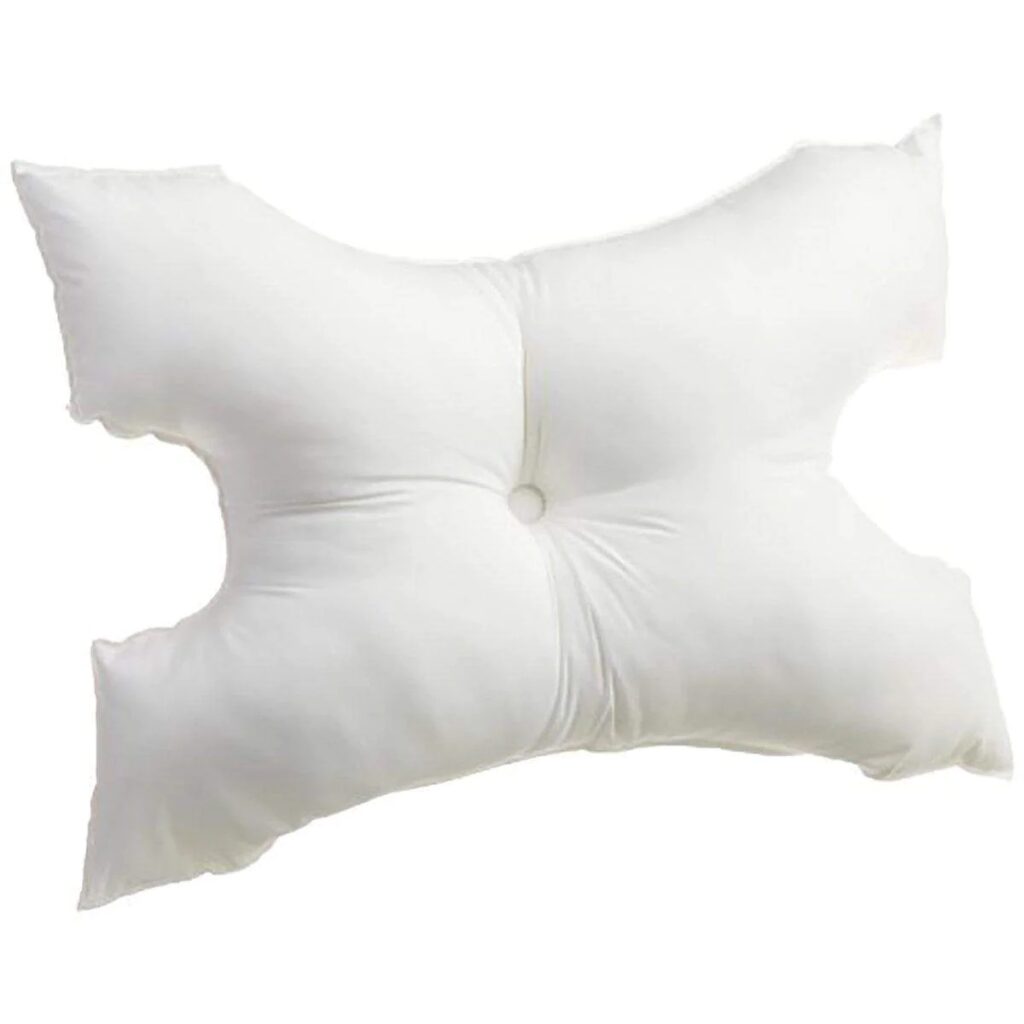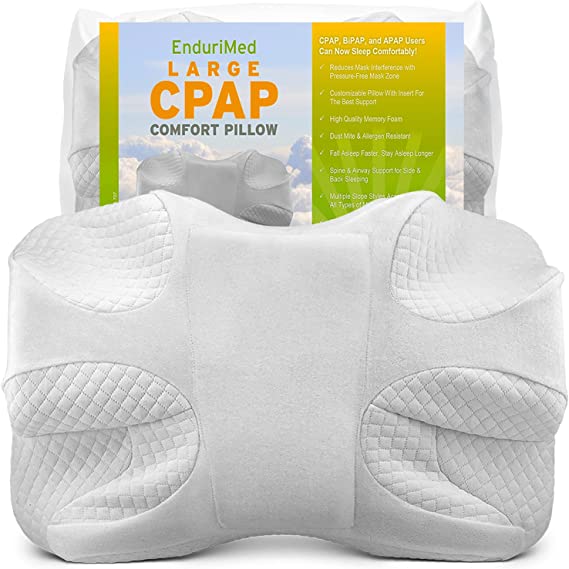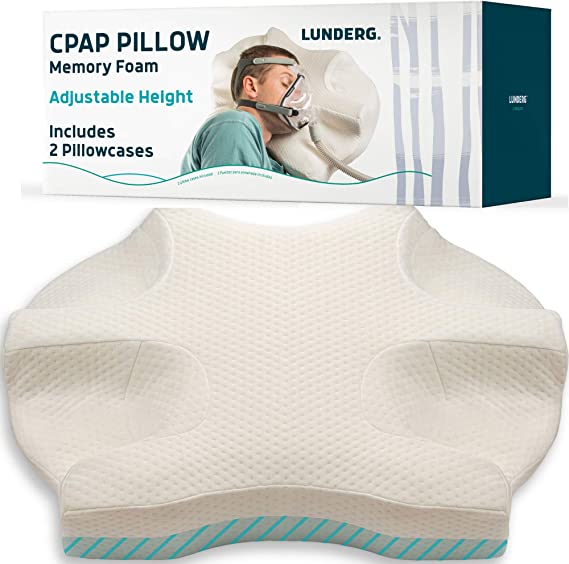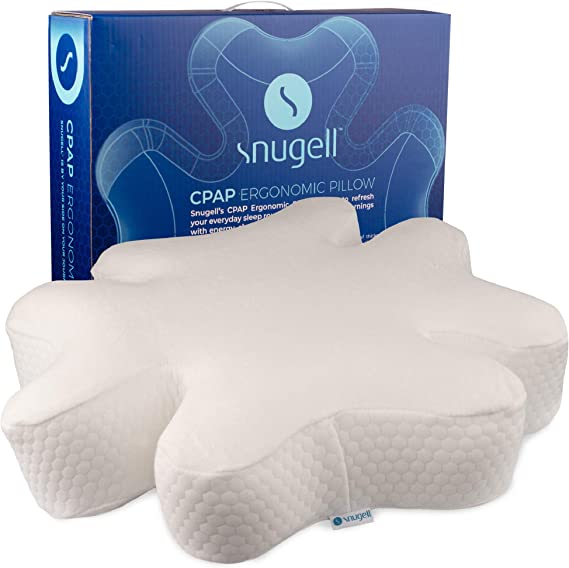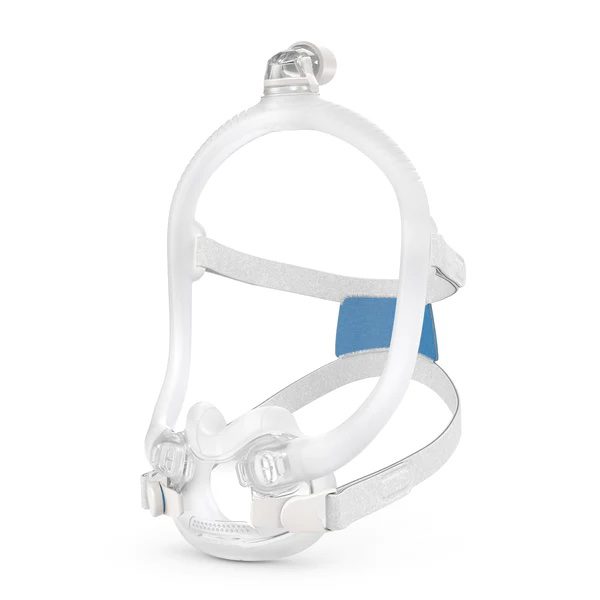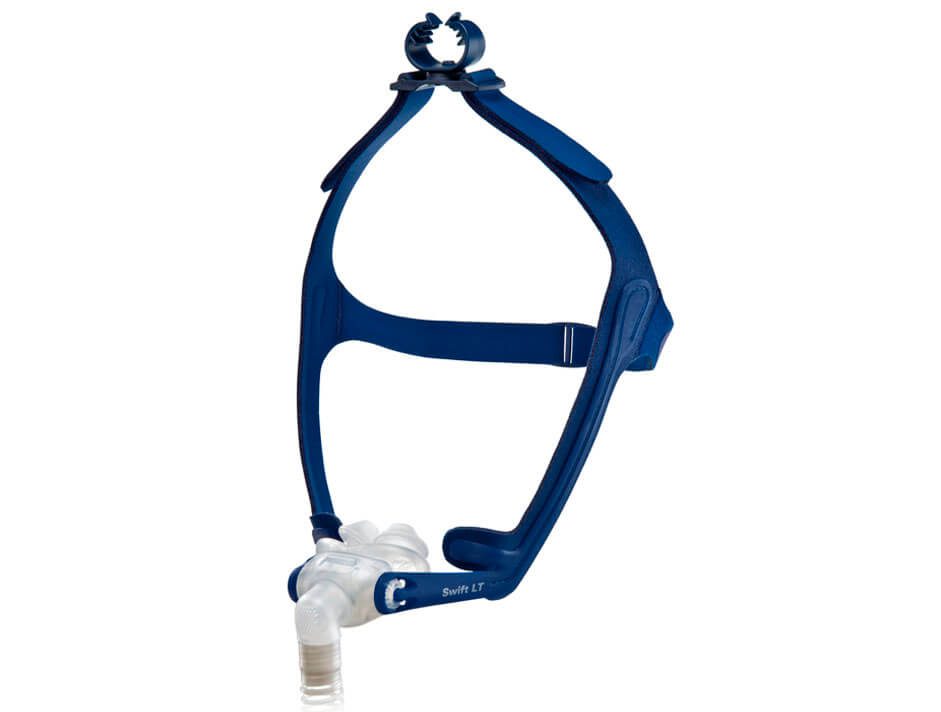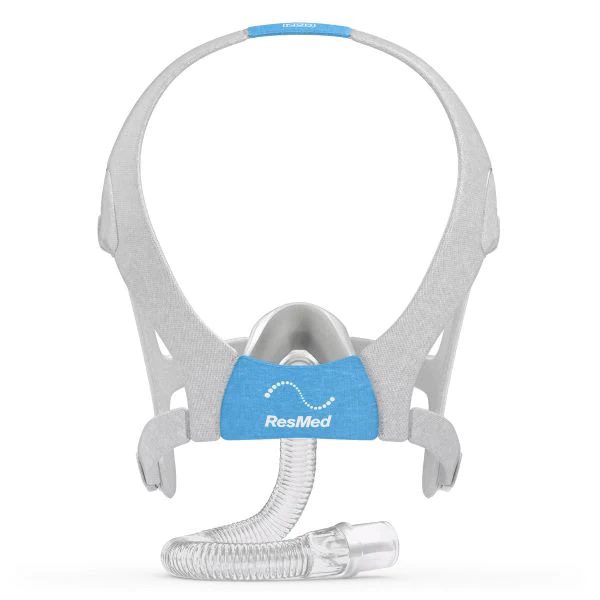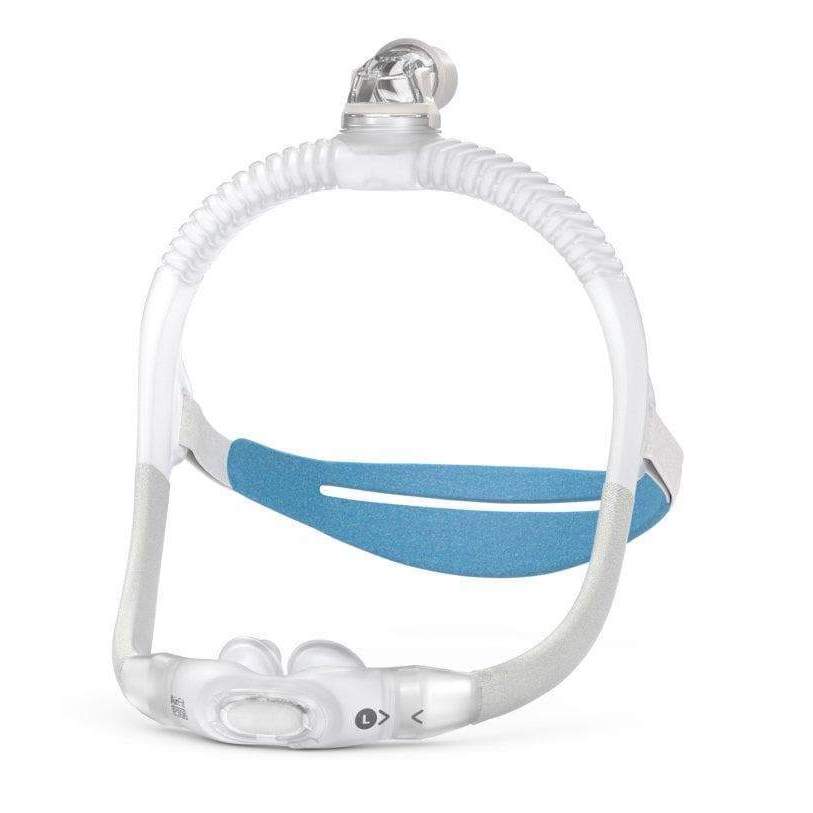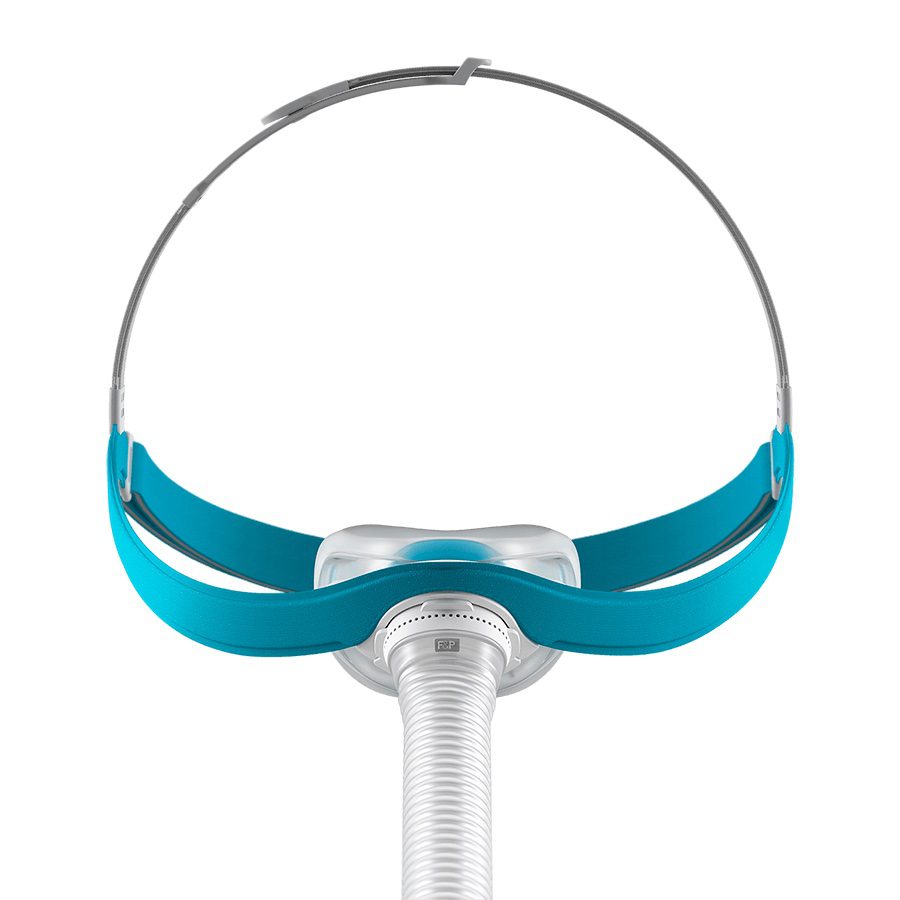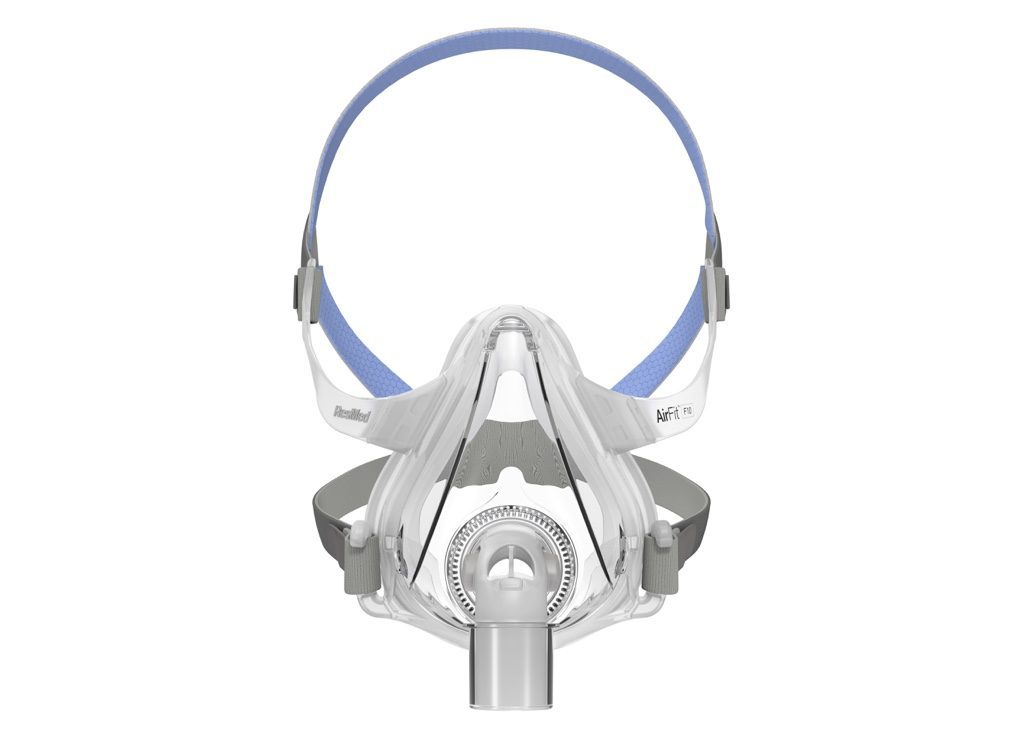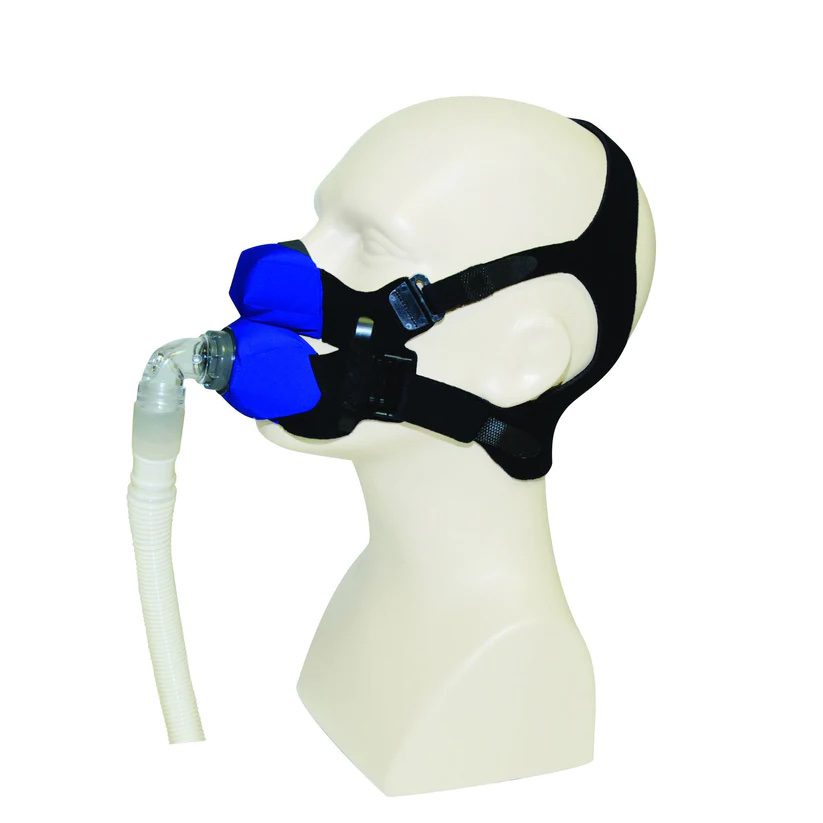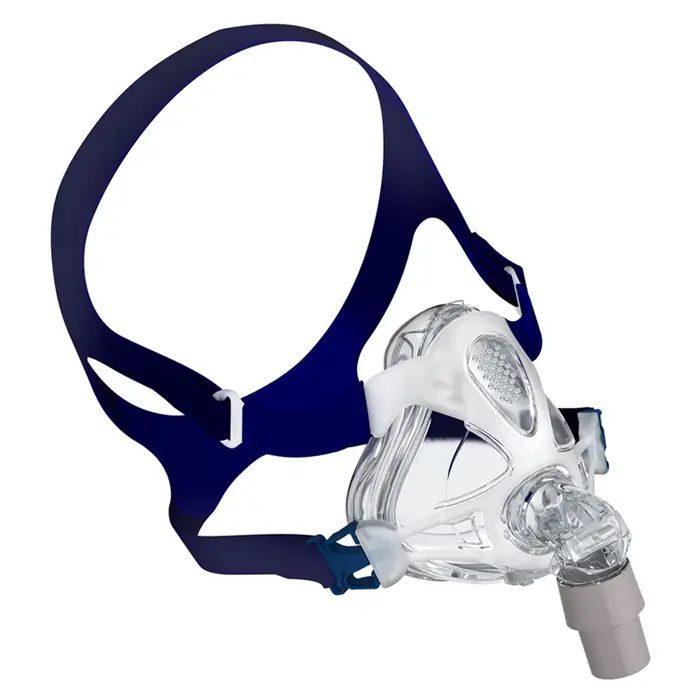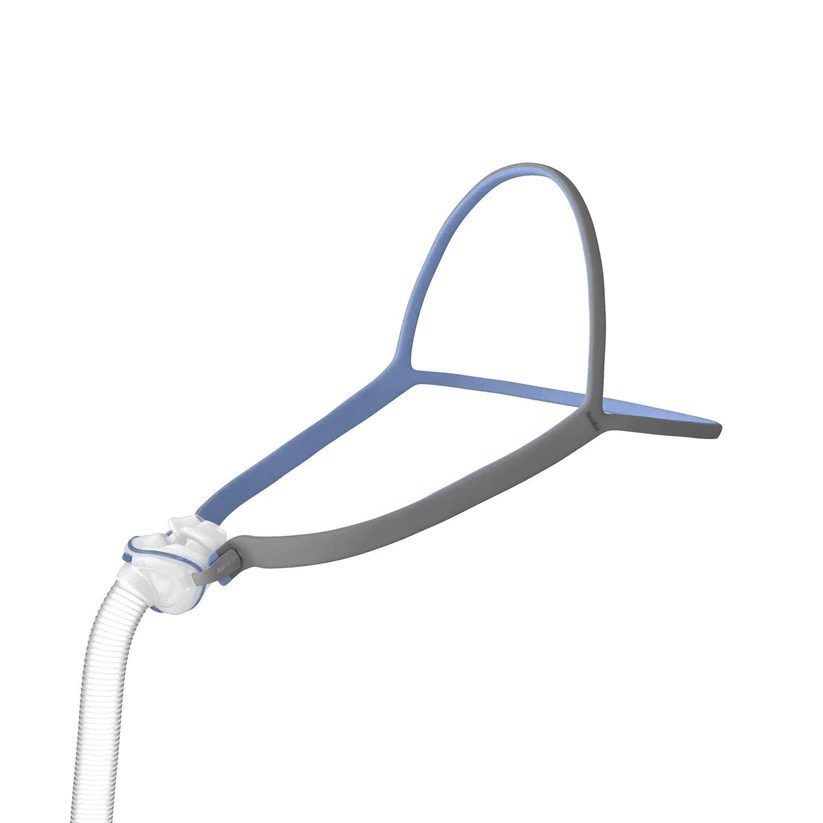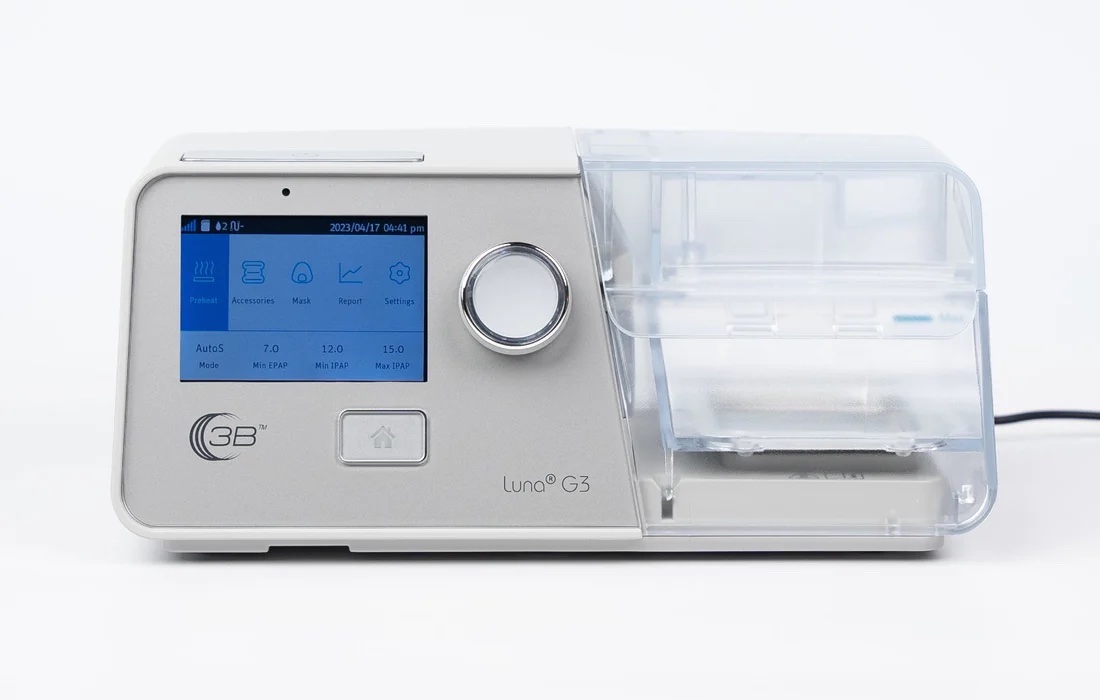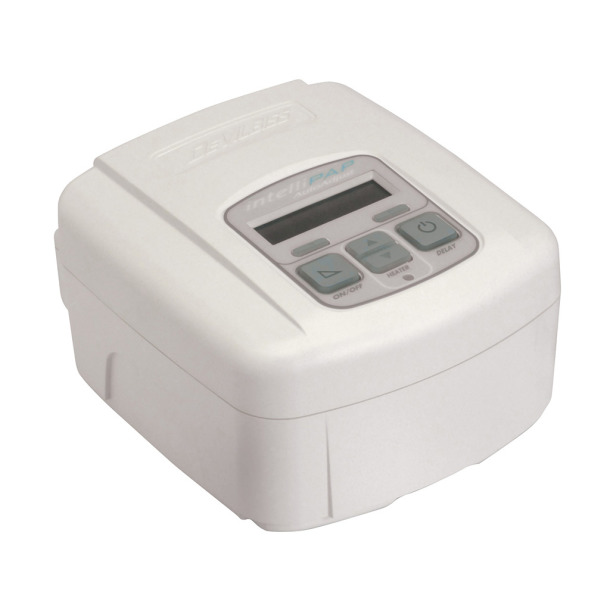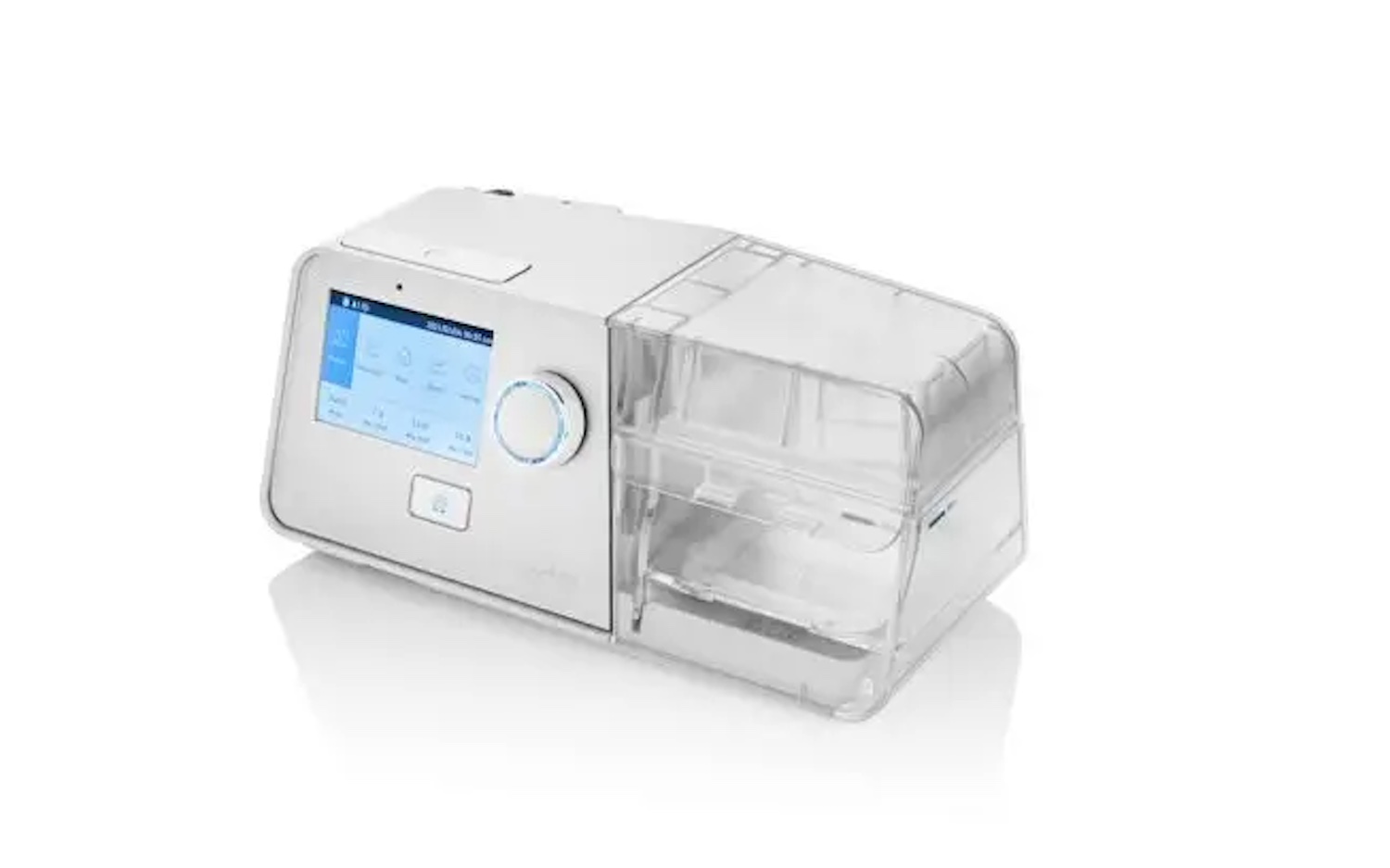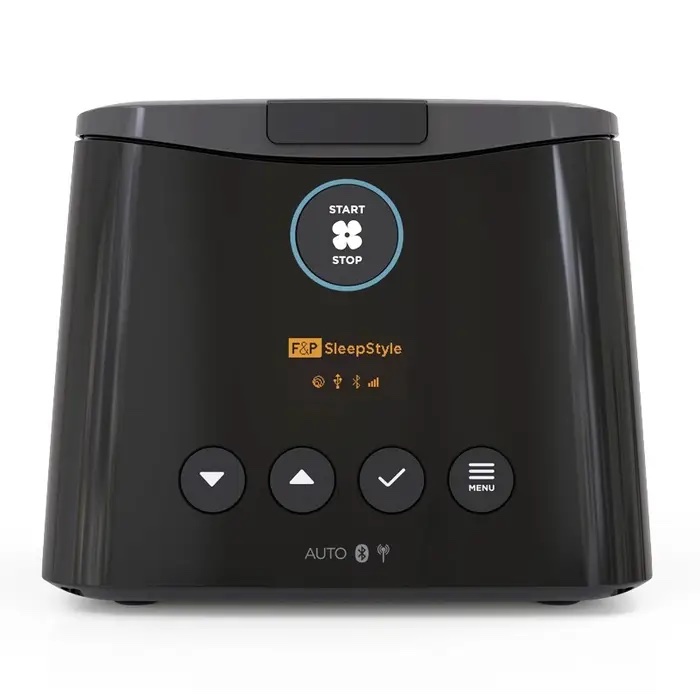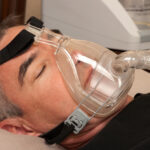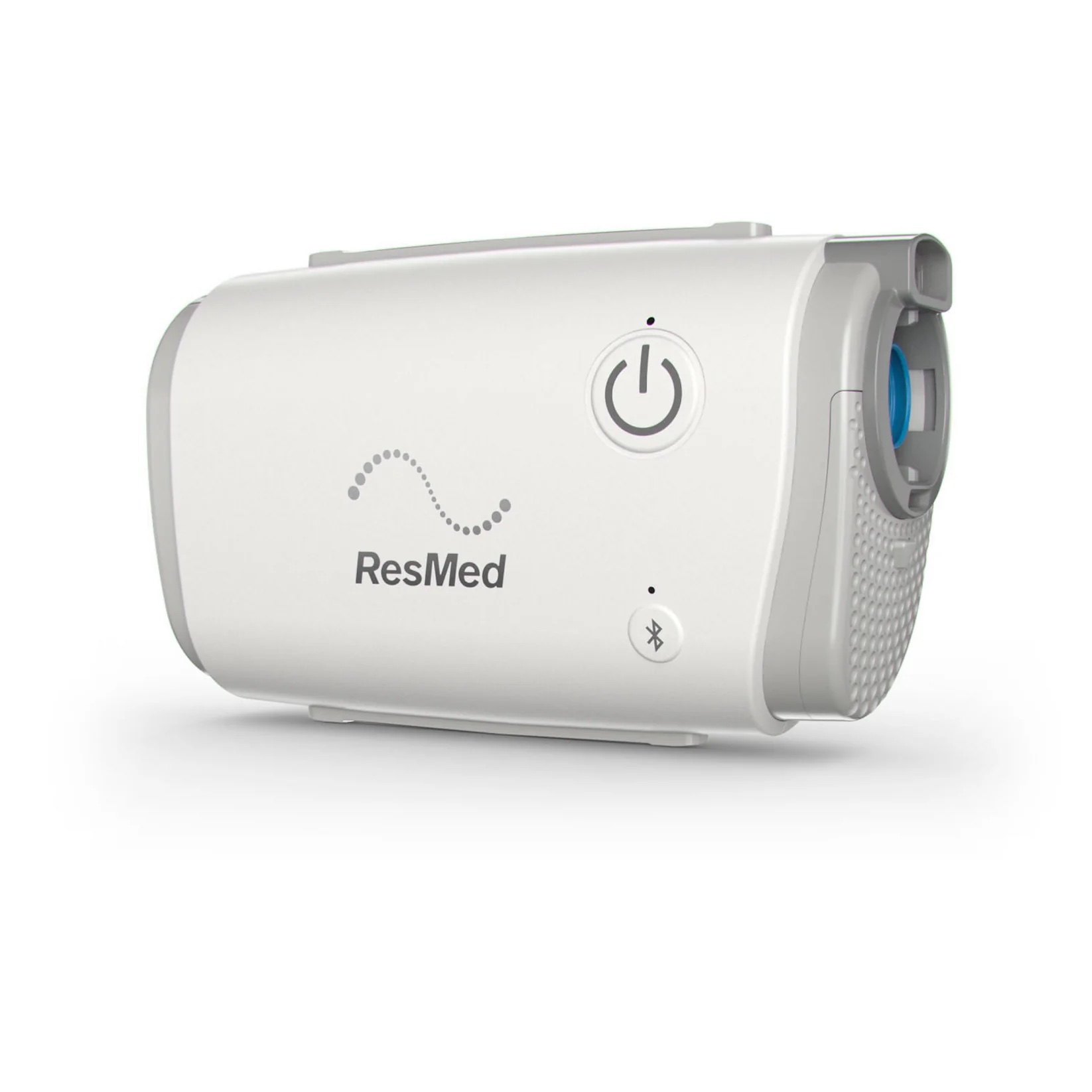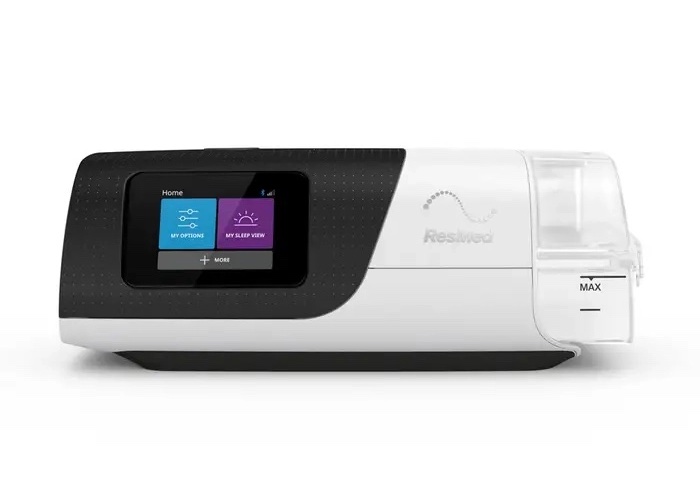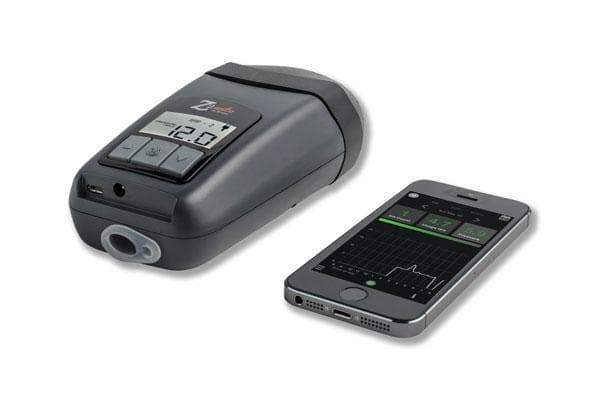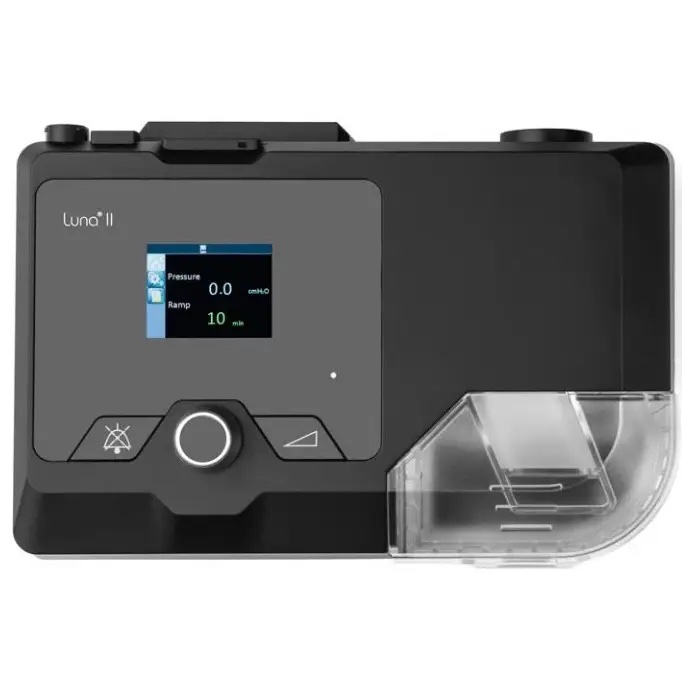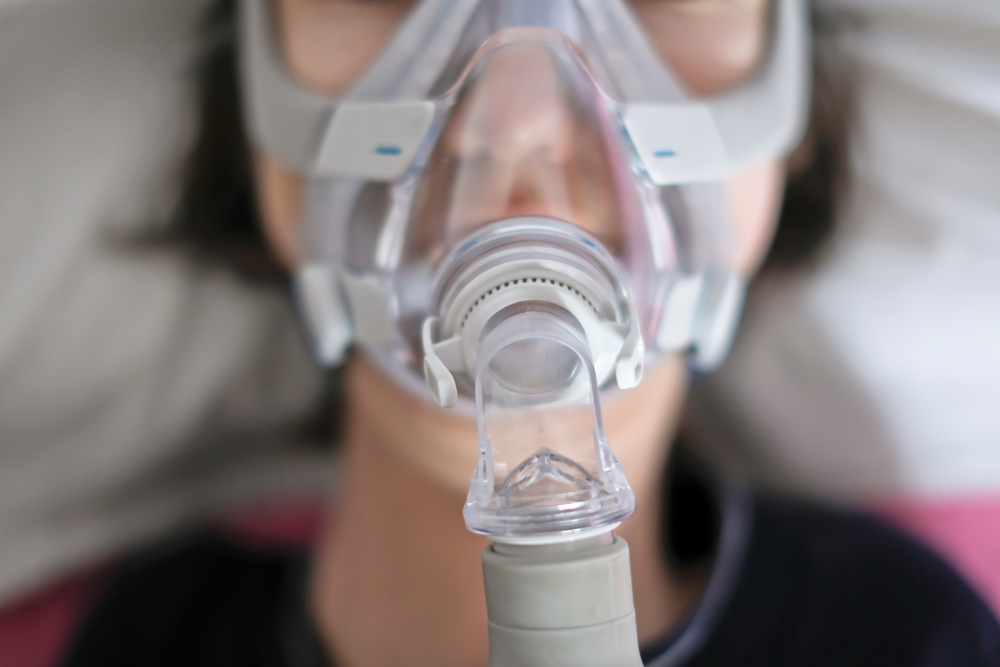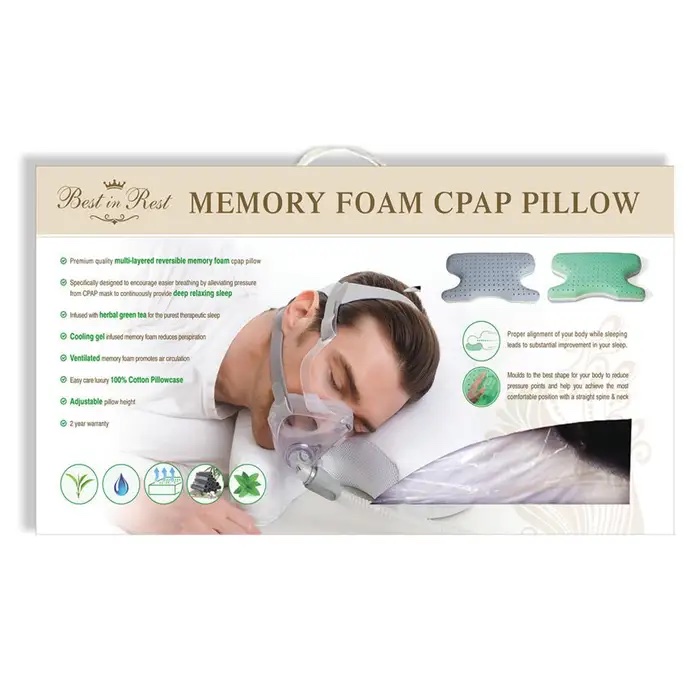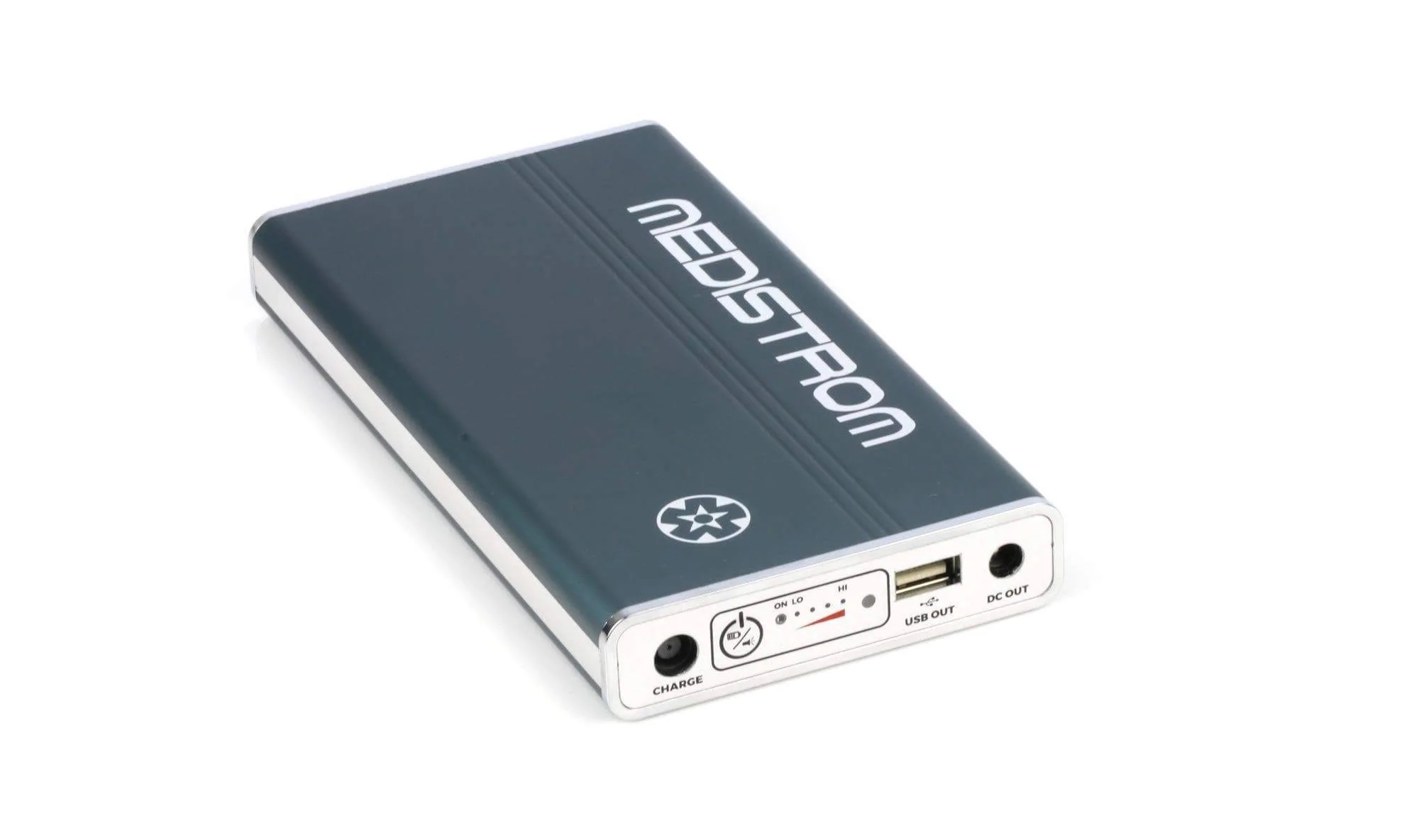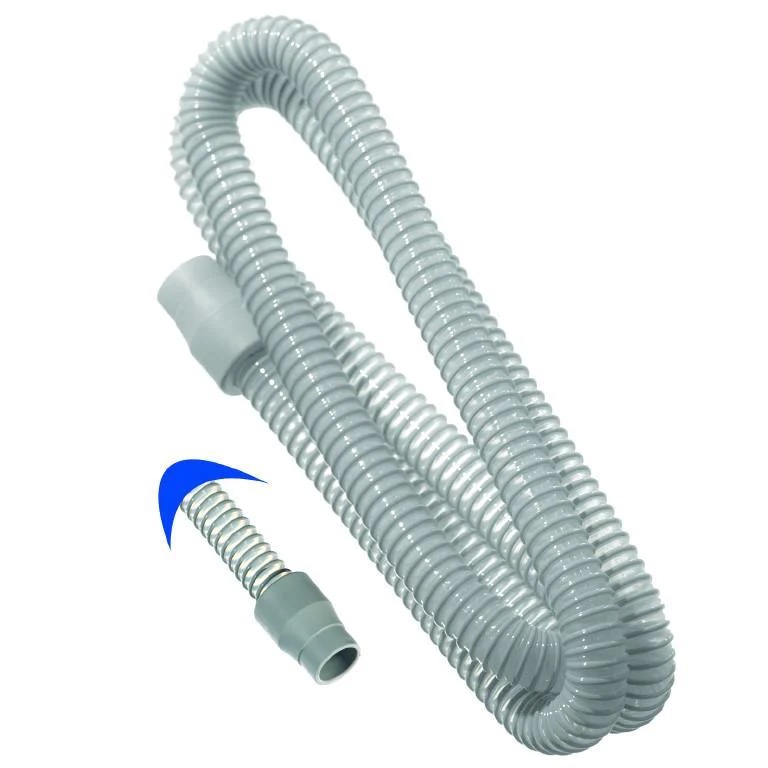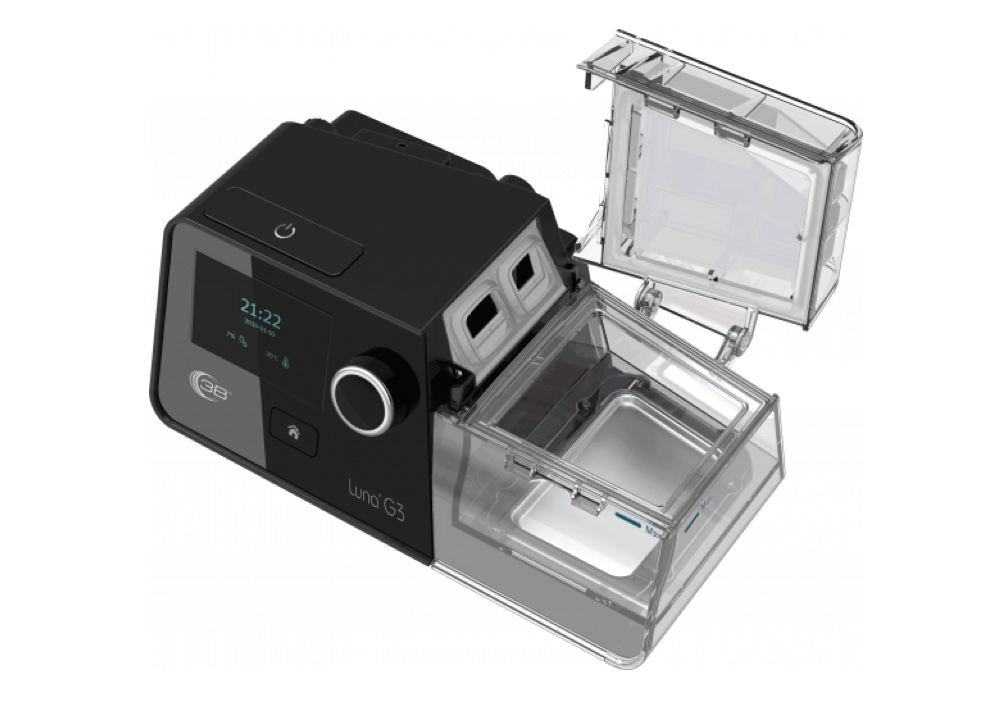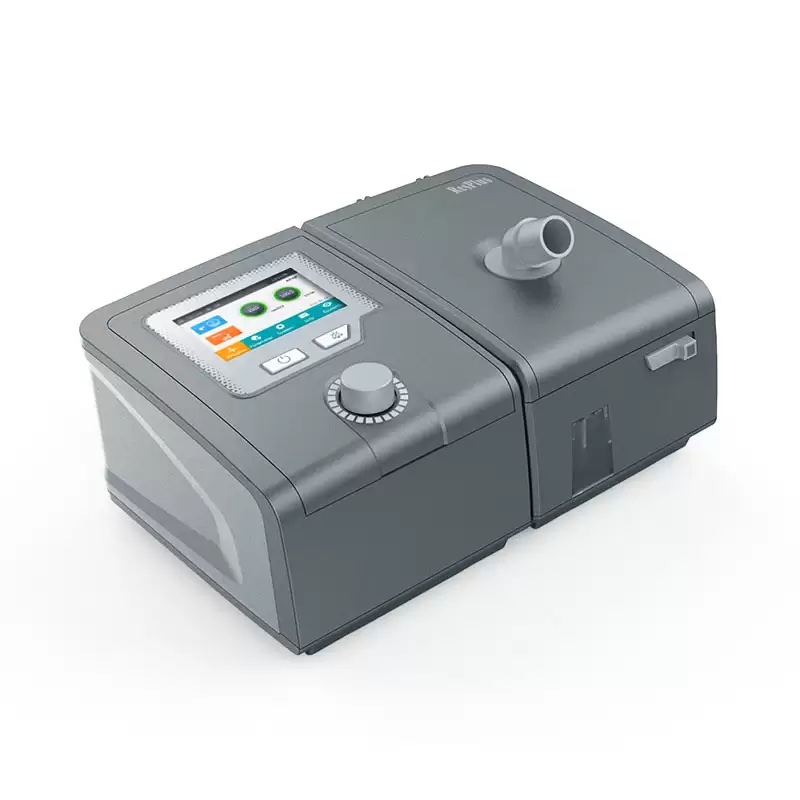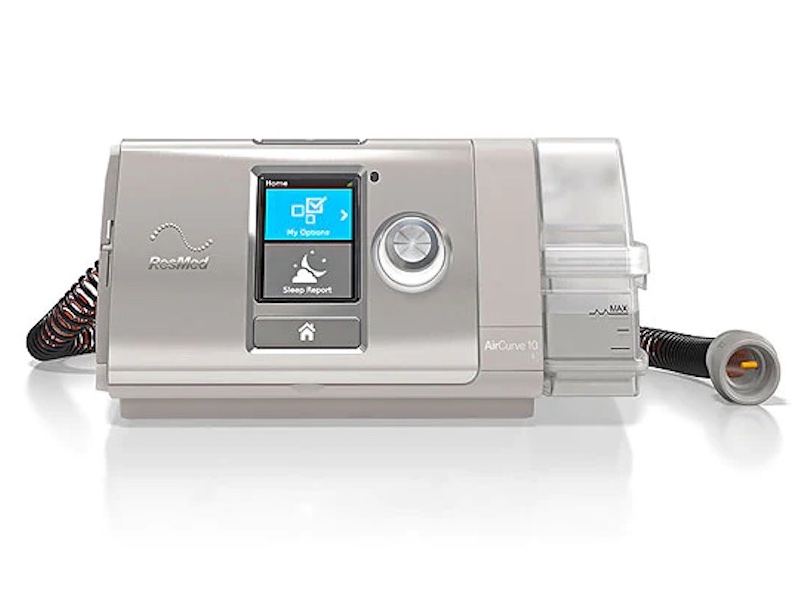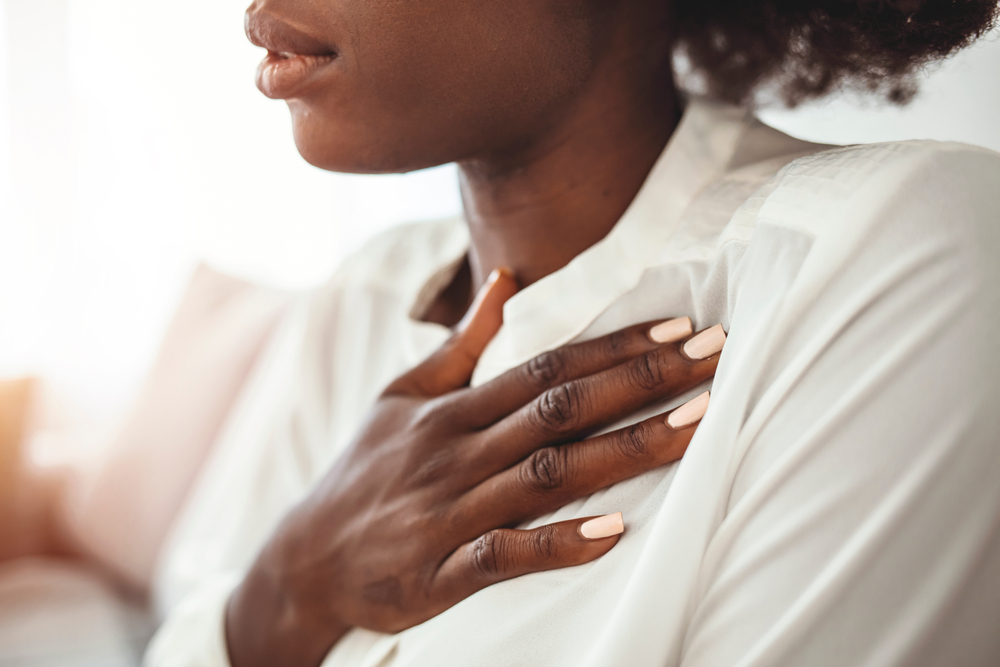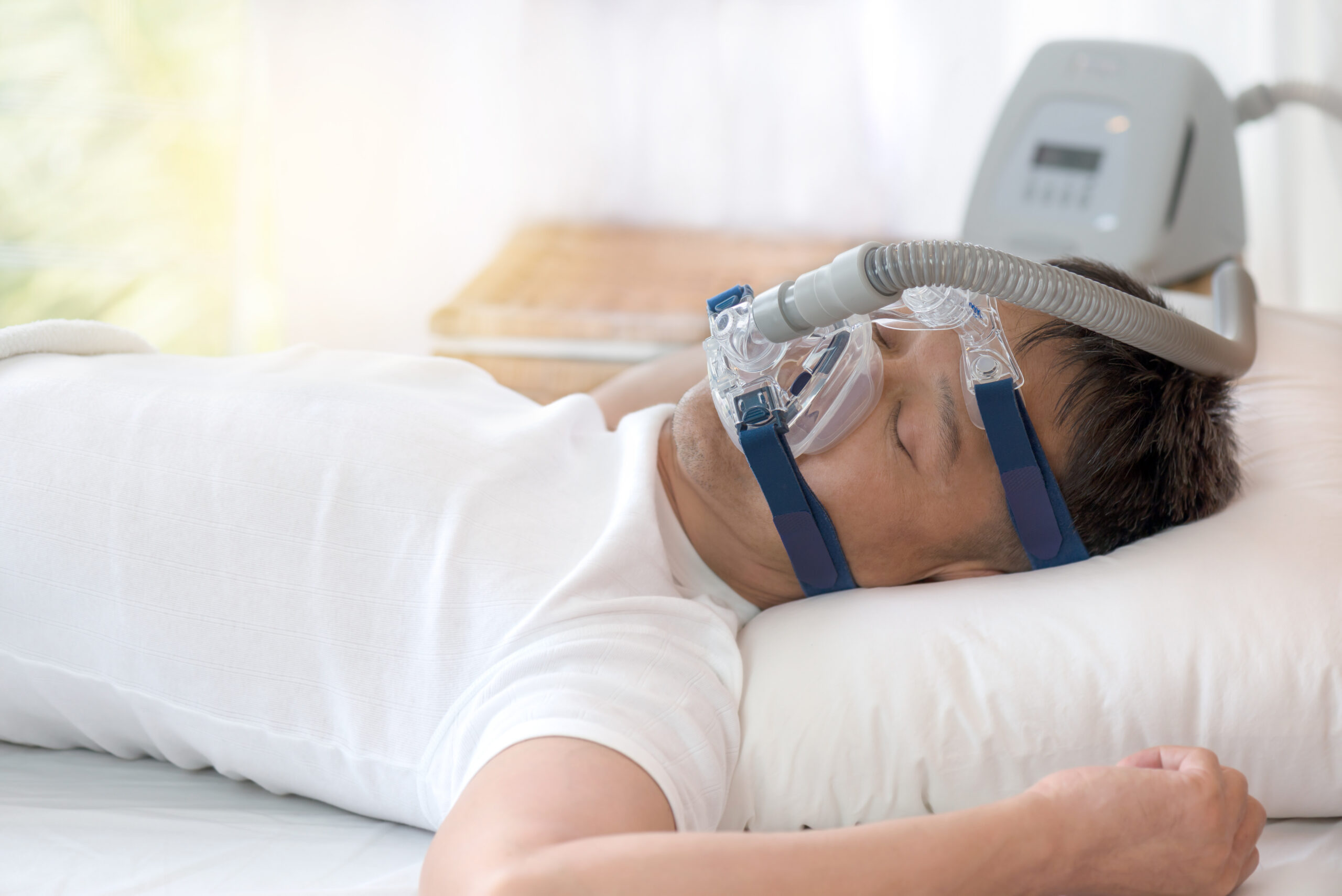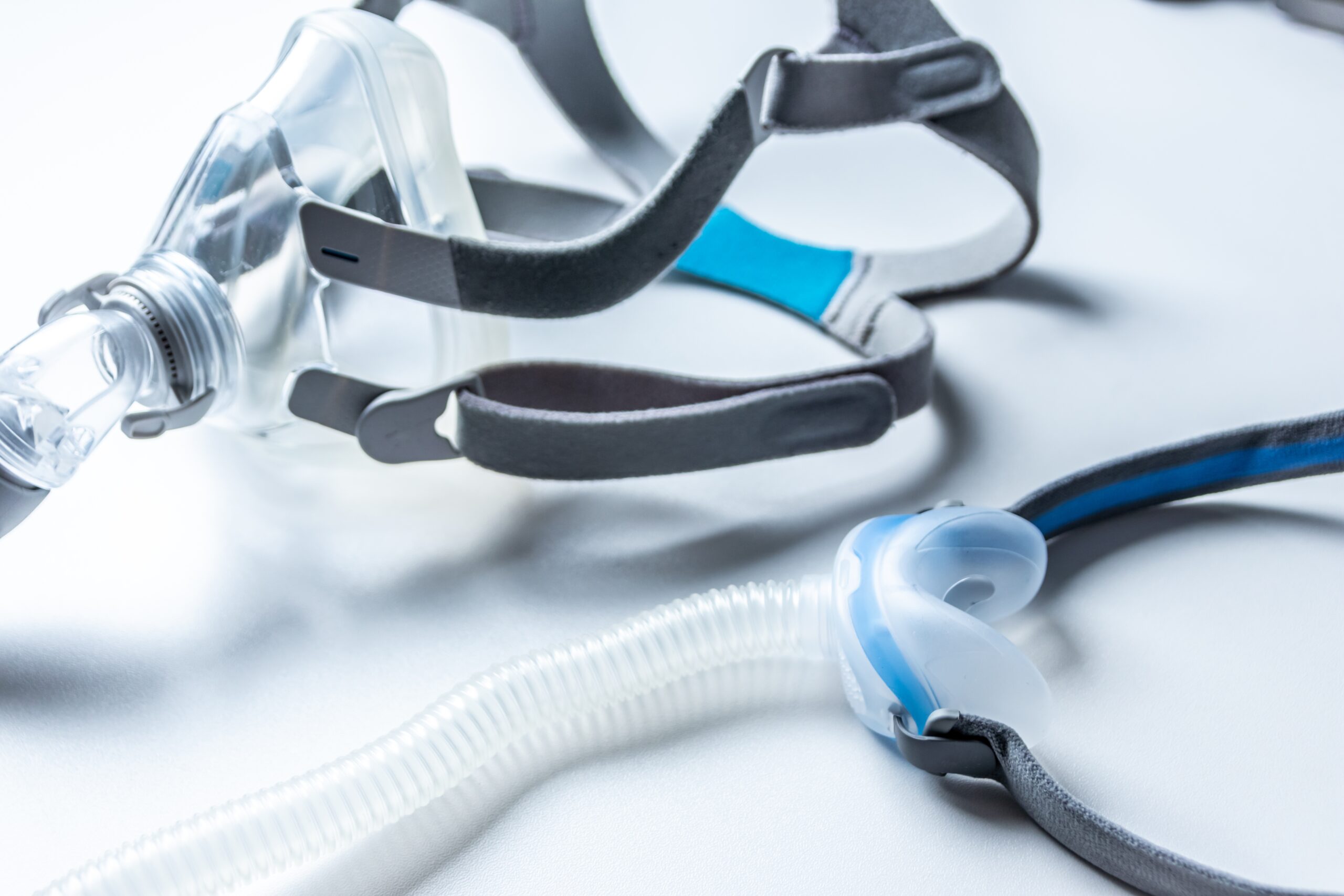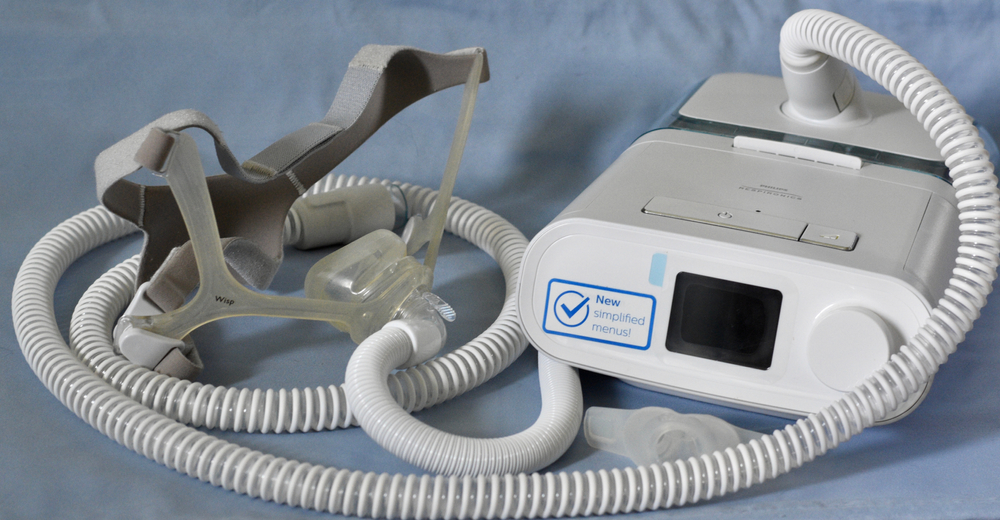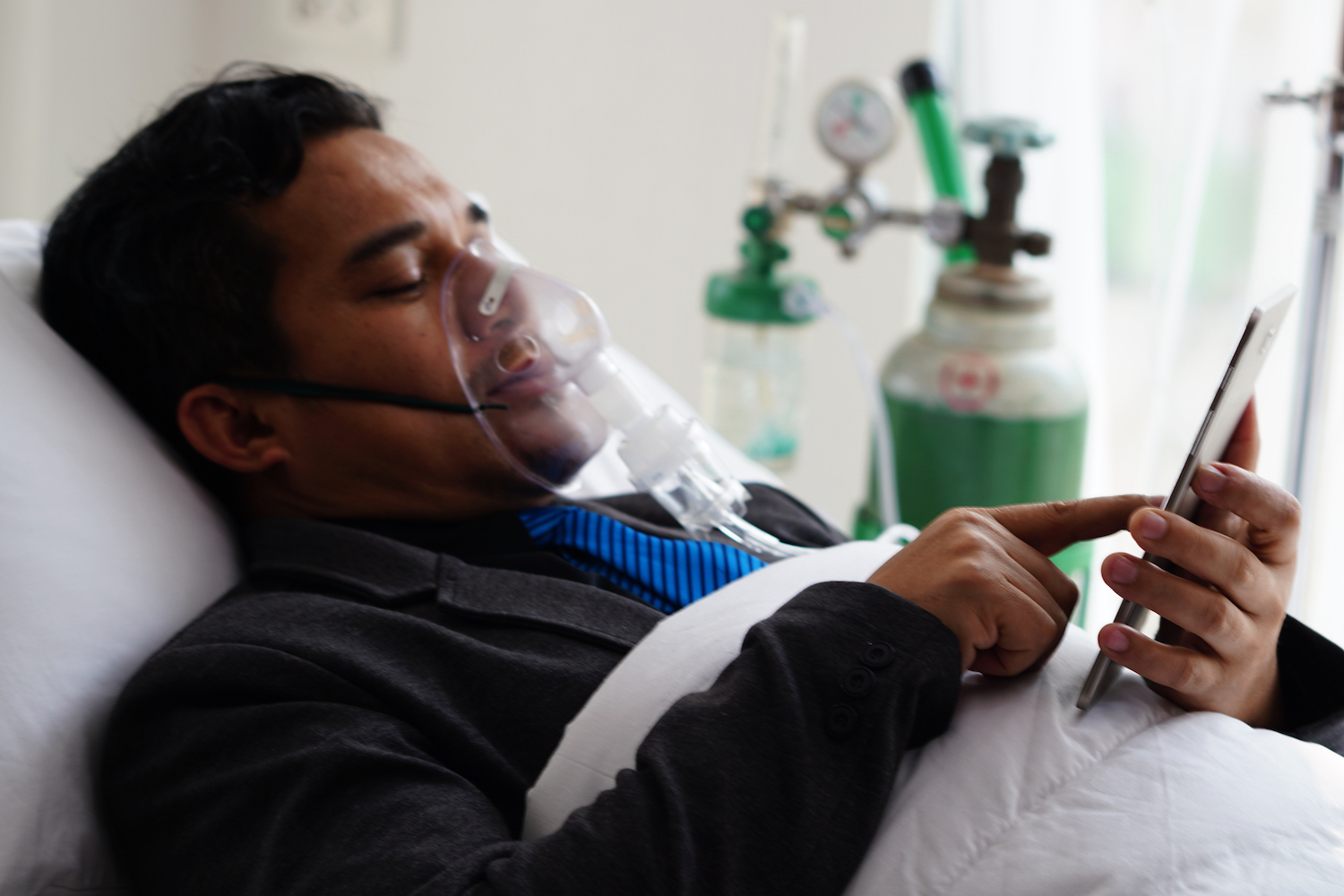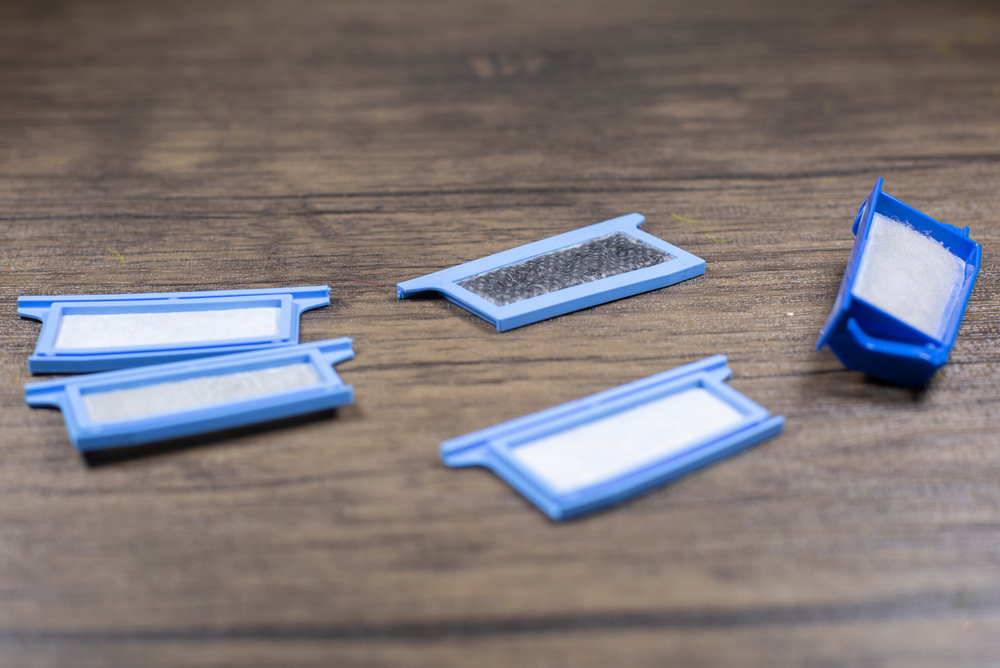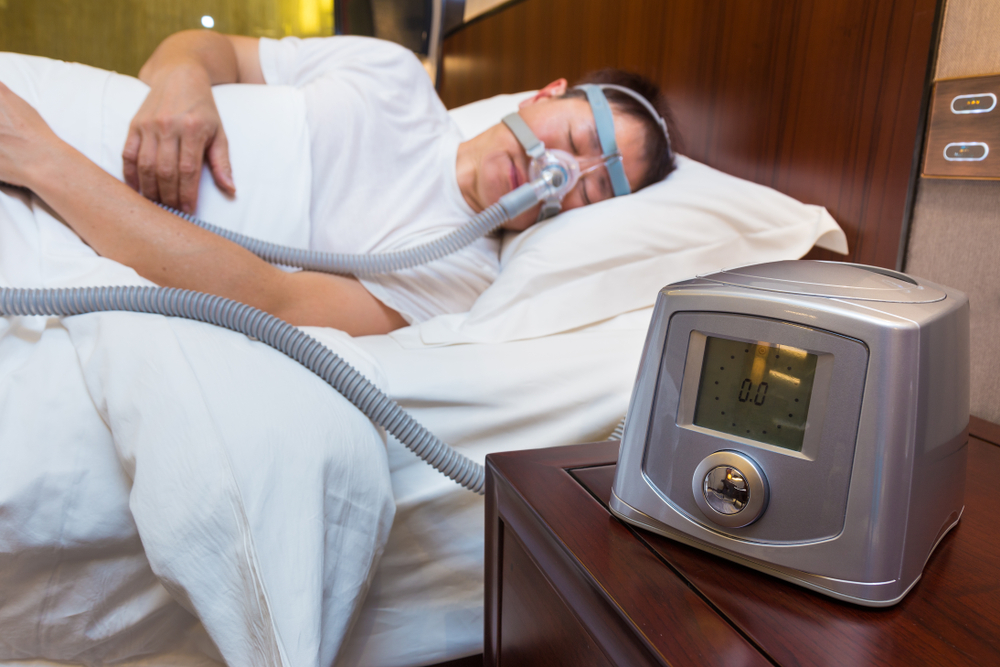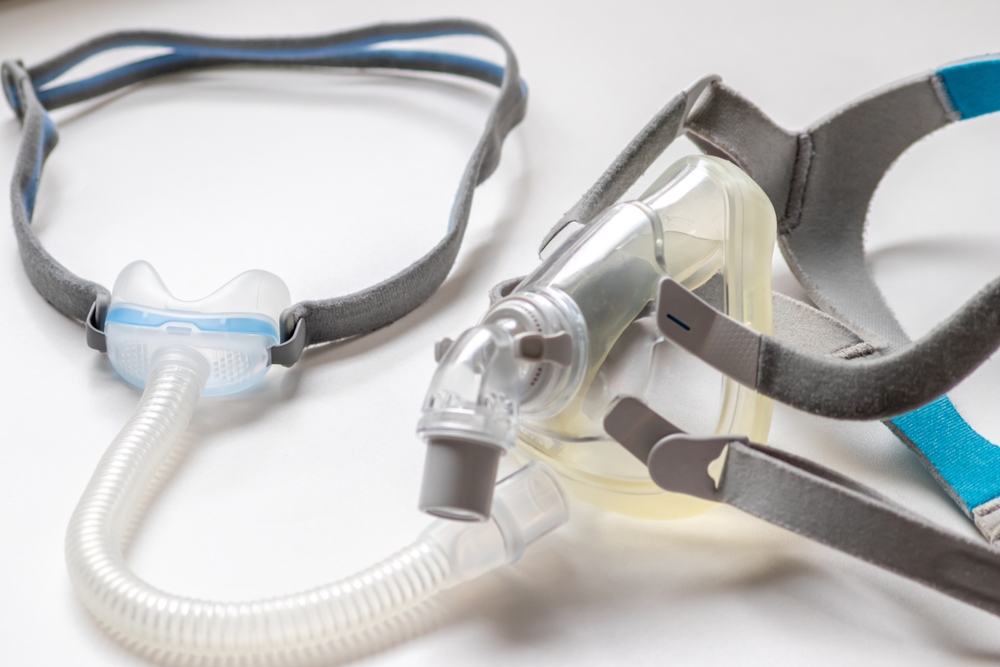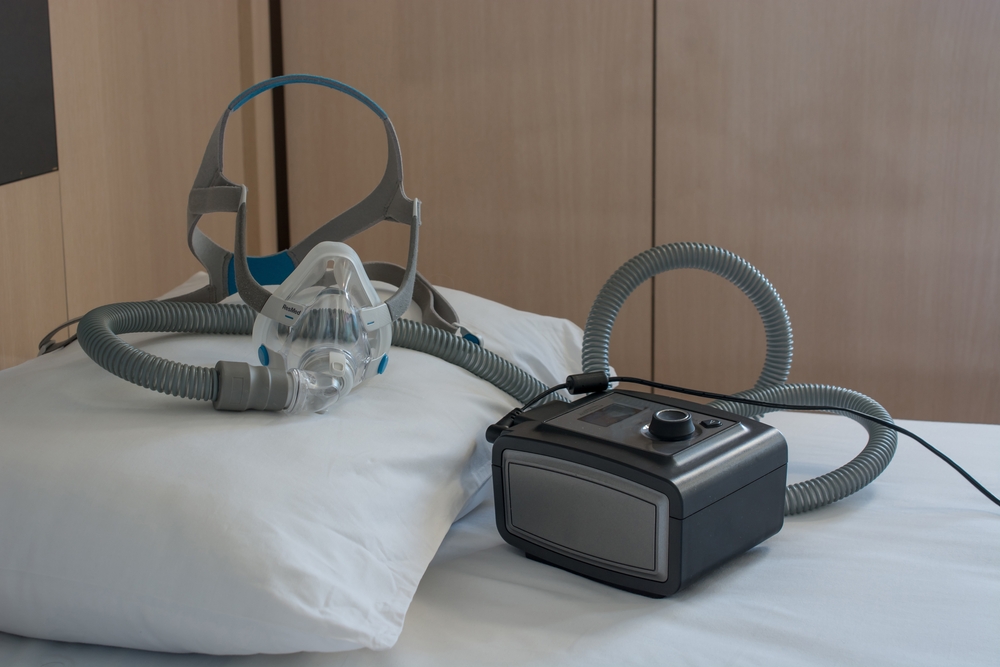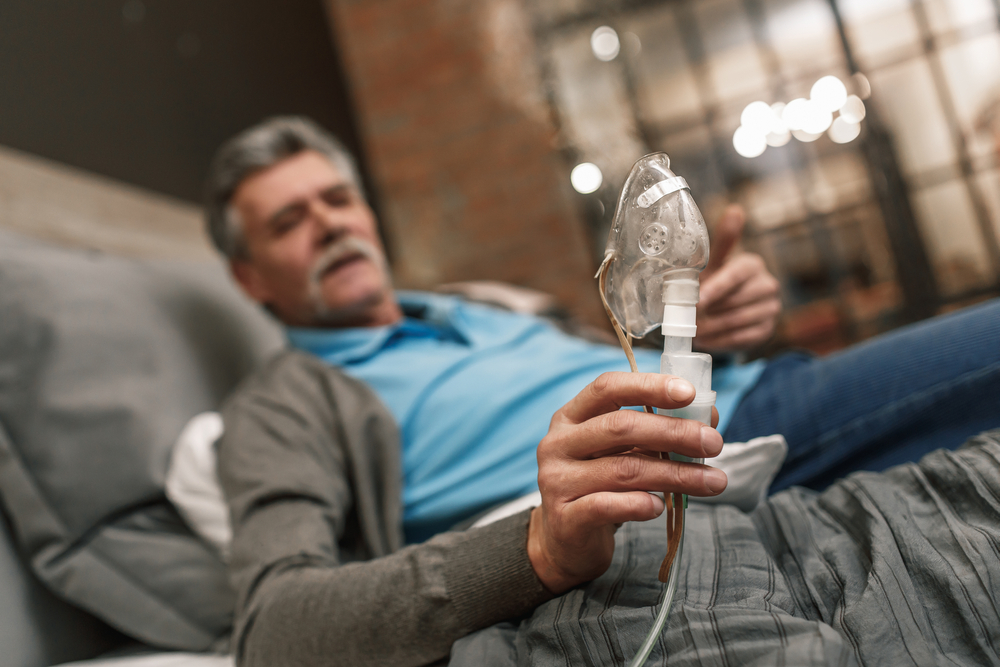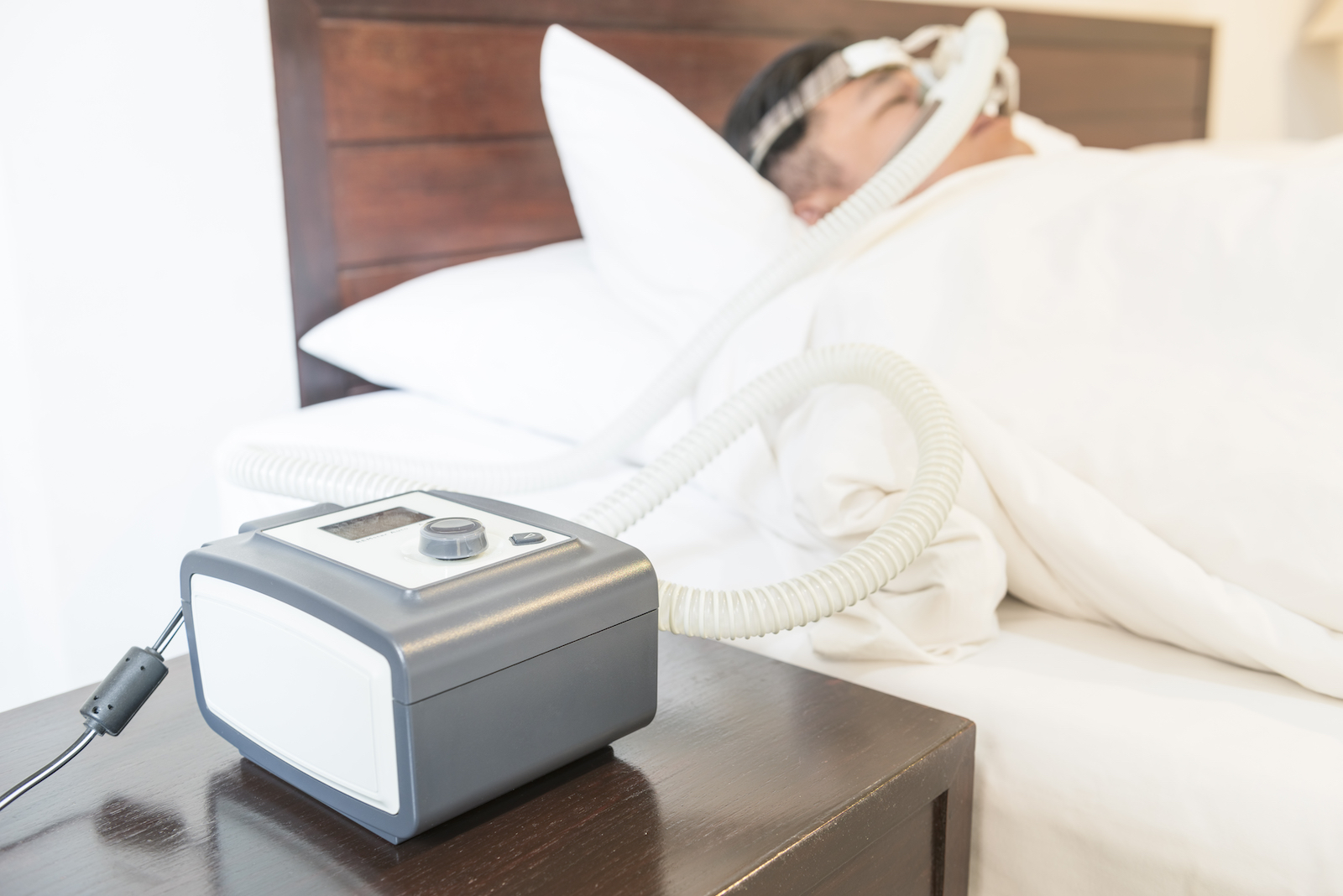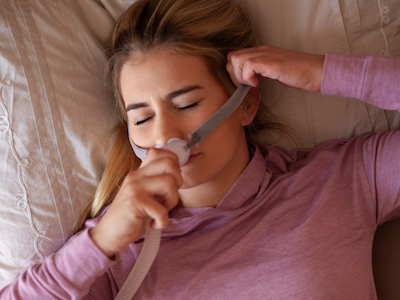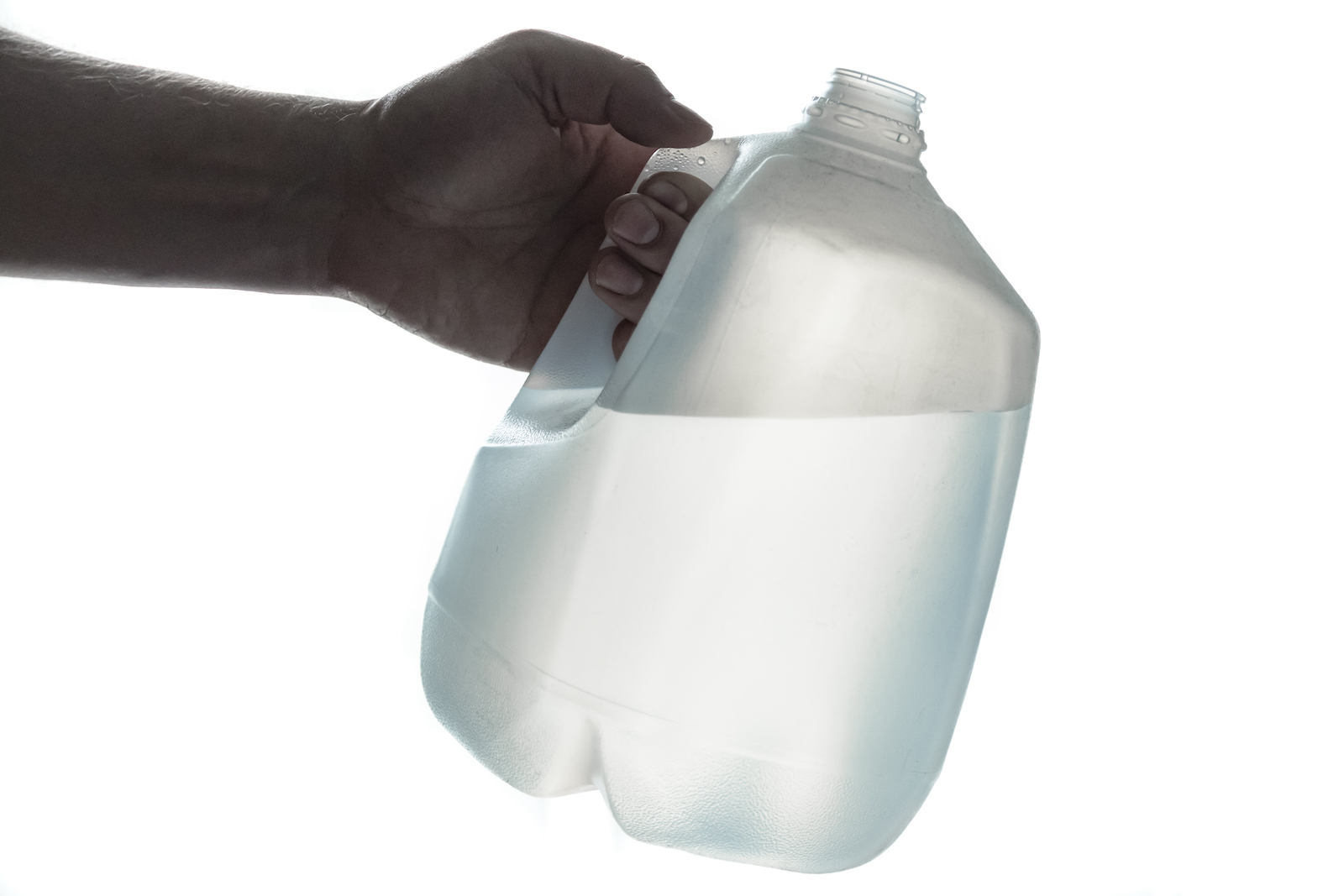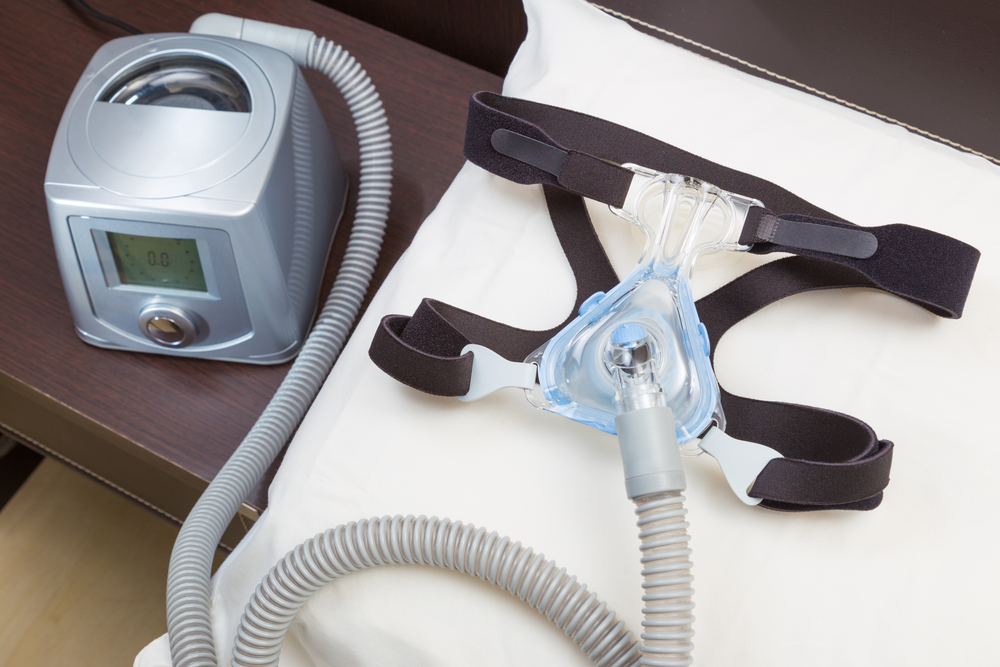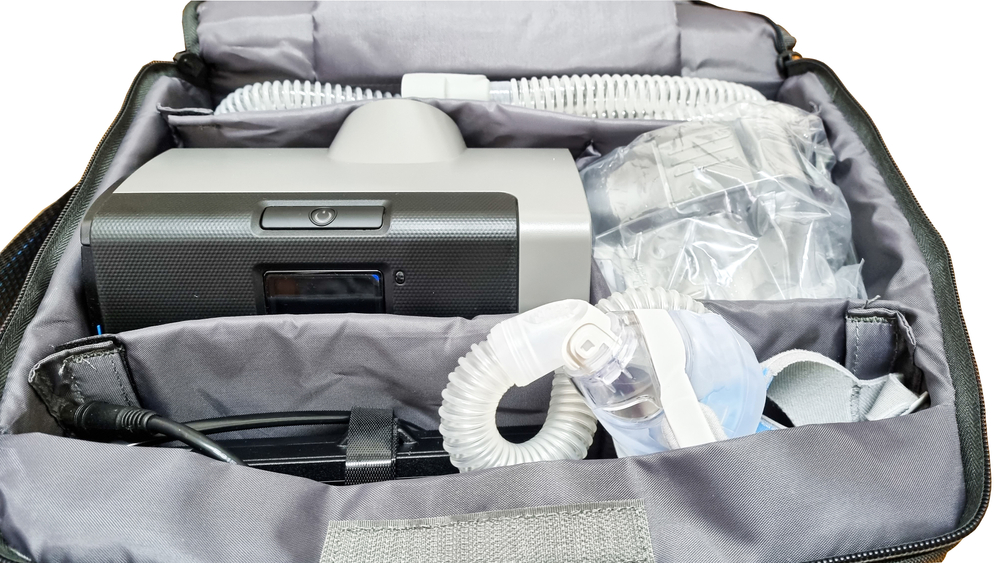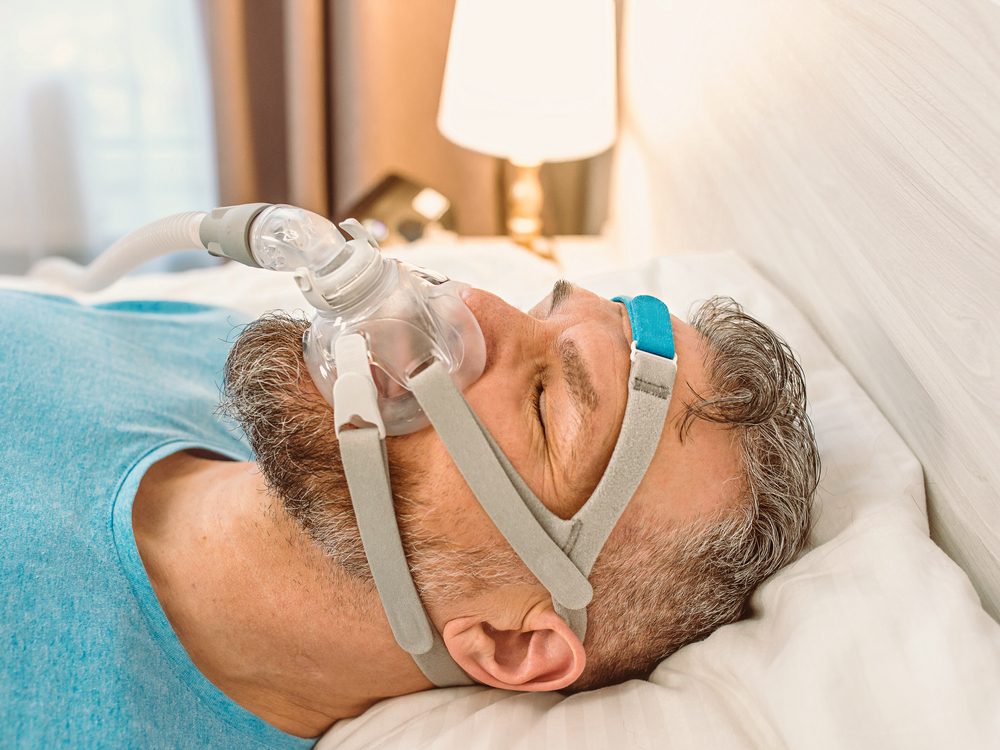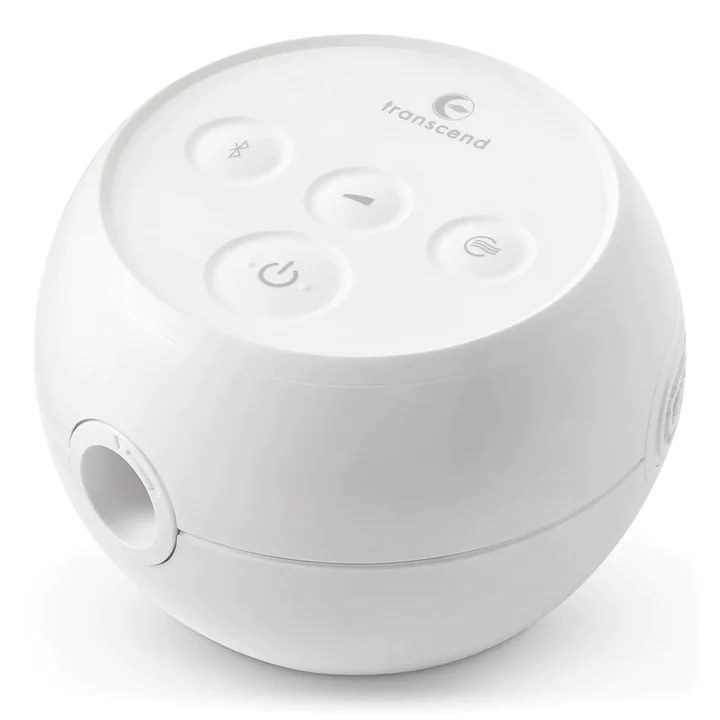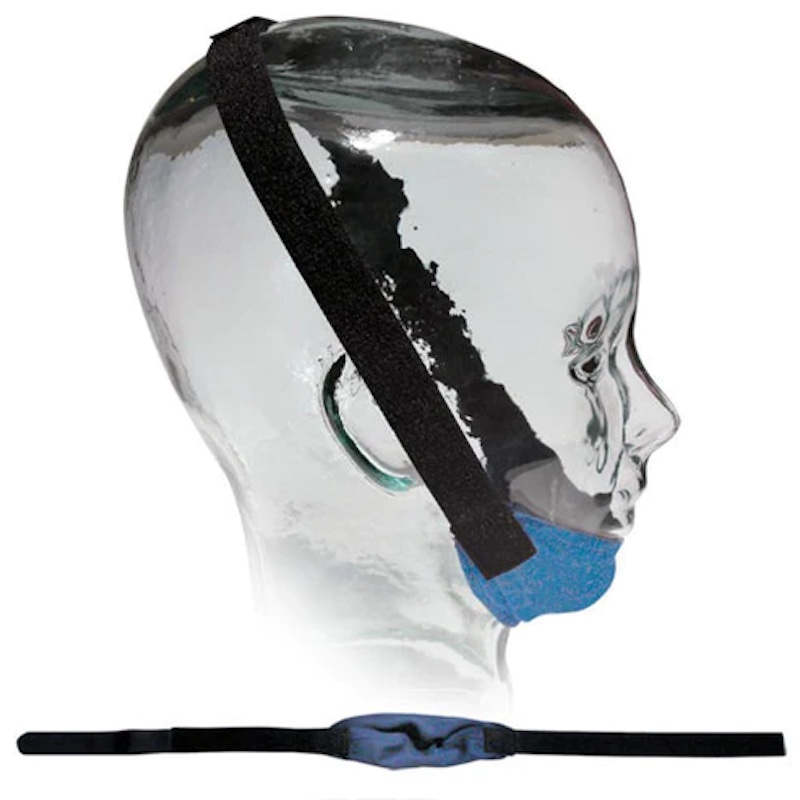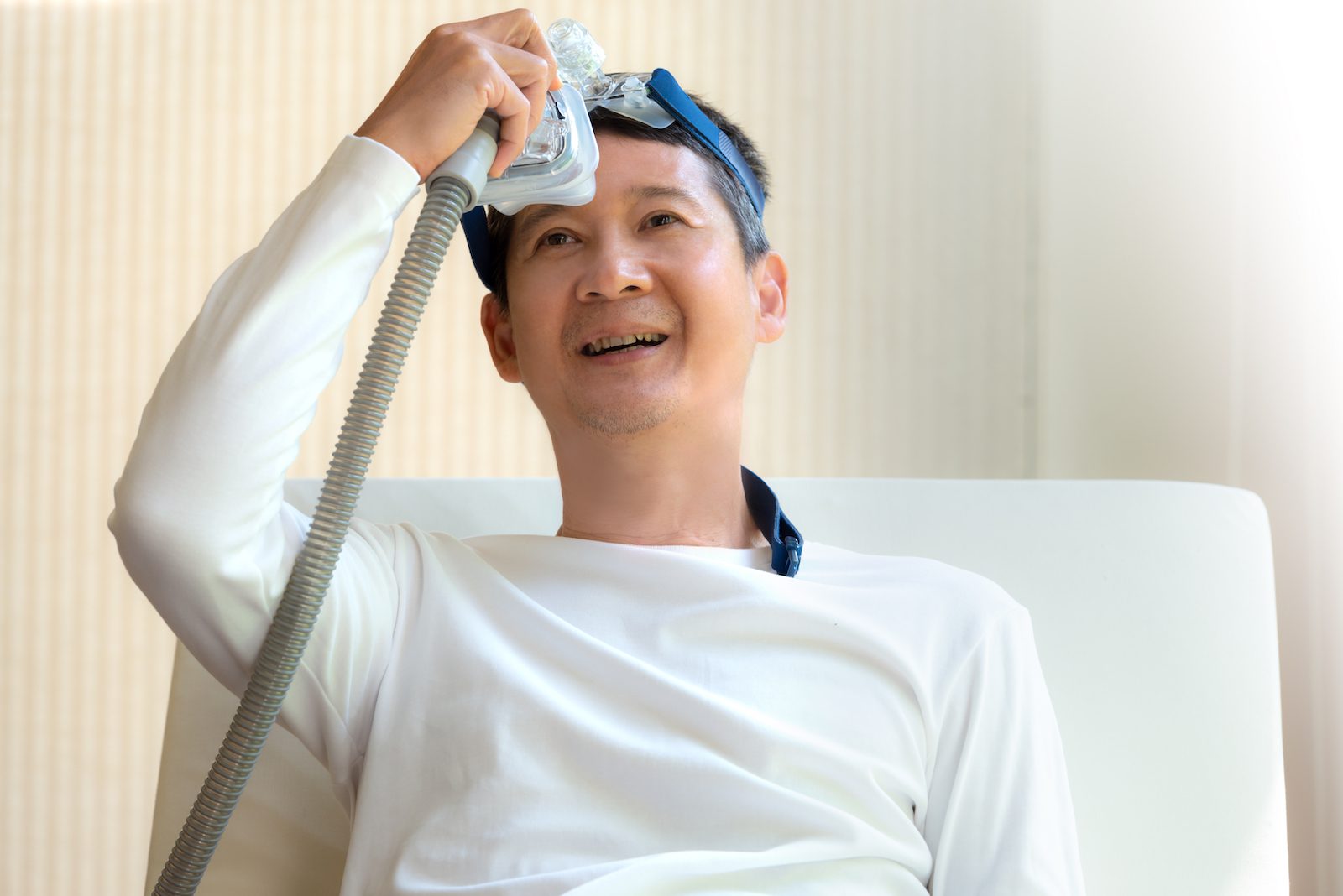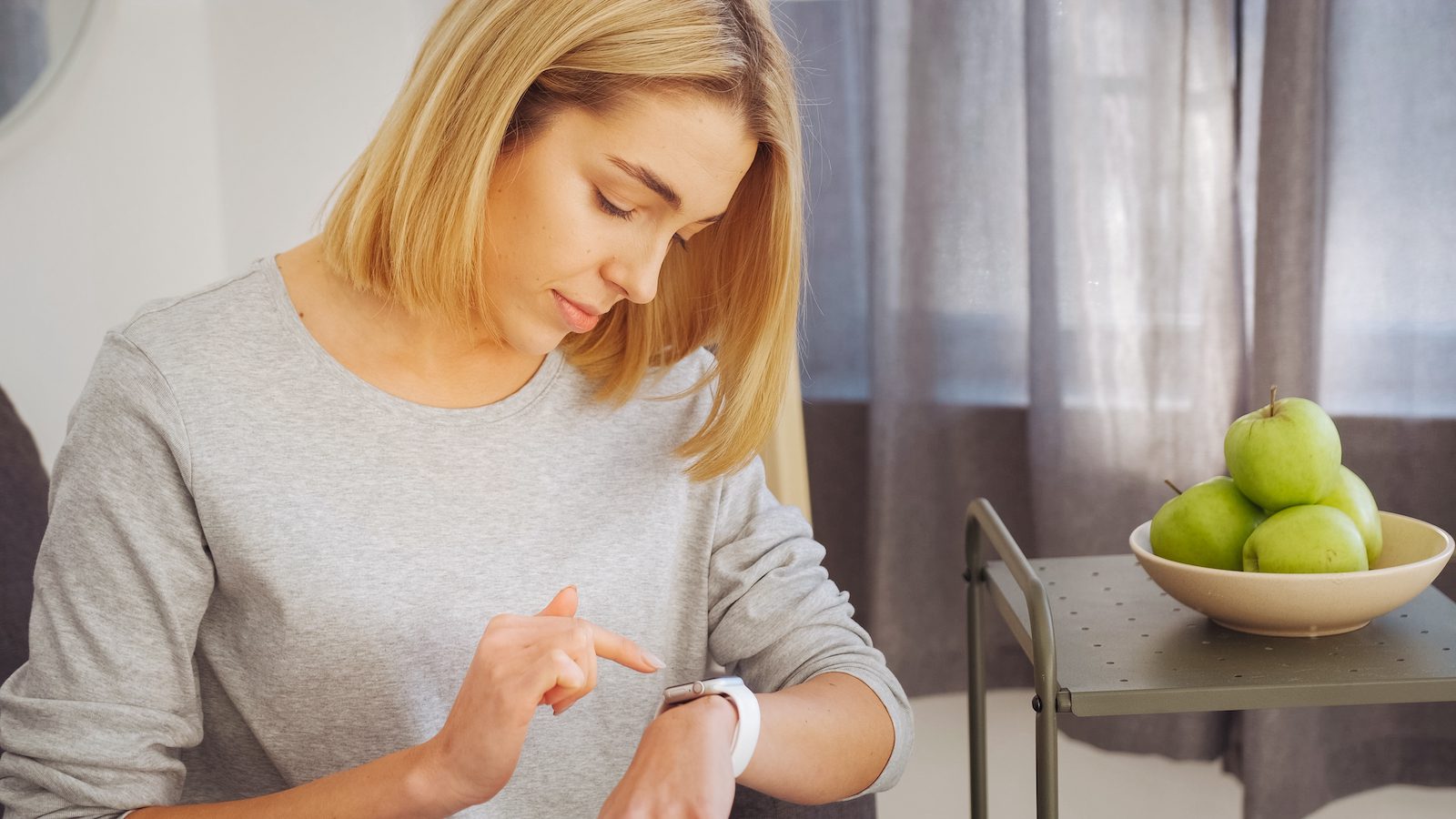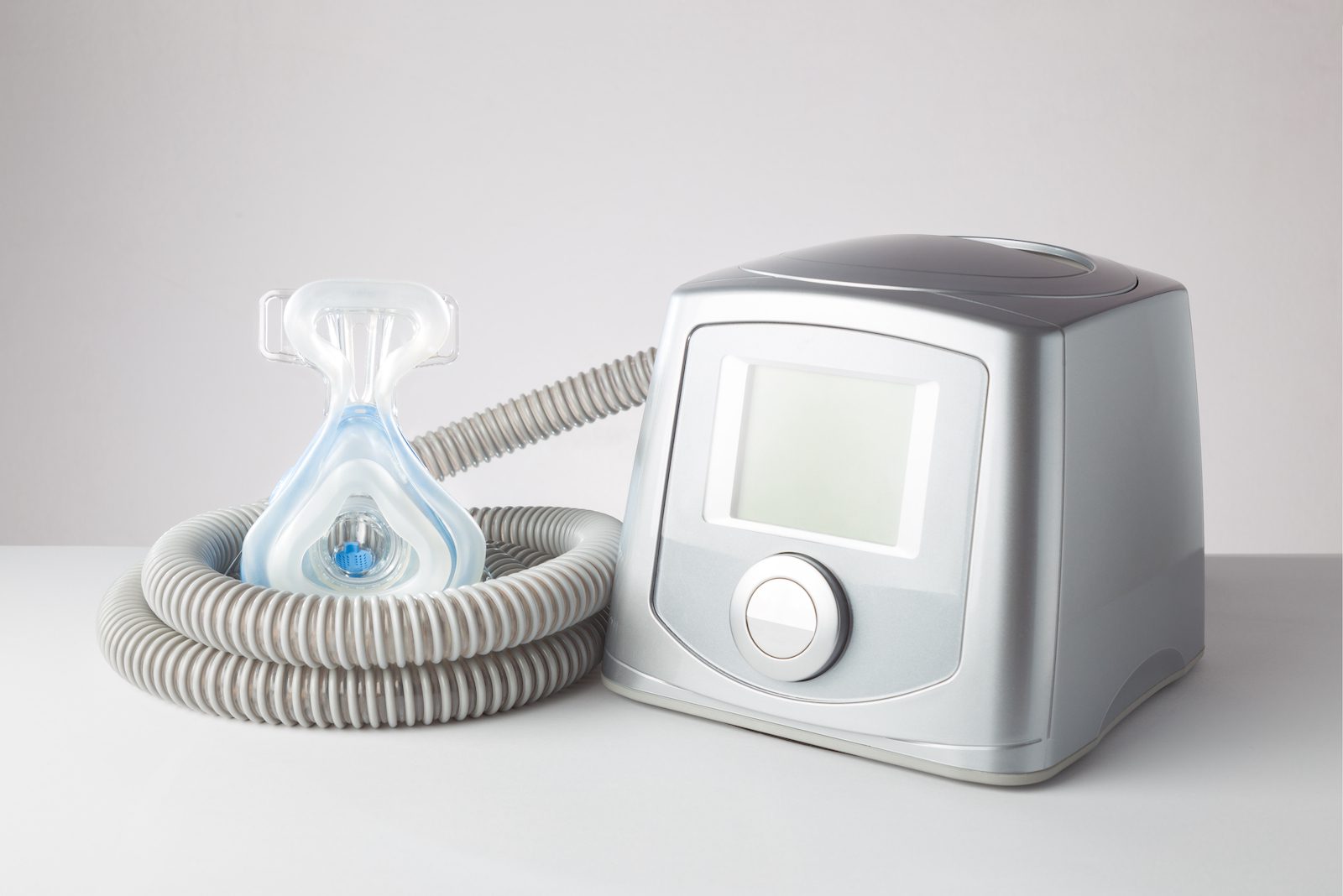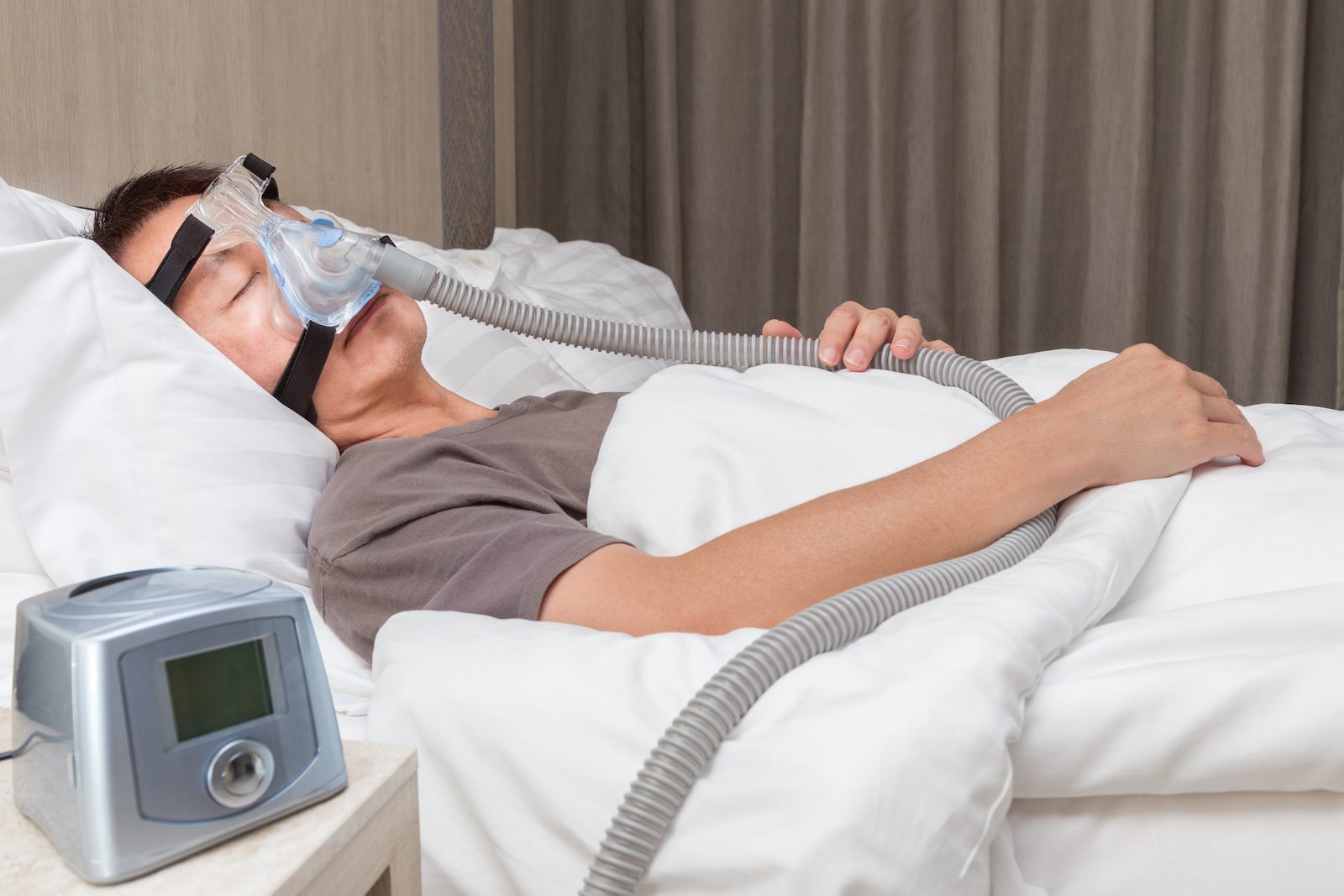People who use a continuous positive airway pressure (CPAP) machine often struggle to find a comfortable way to sleep that accommodates their mask. CPAP pillows offer cutouts and other features to allow sleepers to find a good position, making these pillows a popular accessory for many CPAP users.
We’ve gathered information on some of the best CPAP pillows on the market. We’ll discuss why we chose them and who they would be best for, as well as providing tips on what you need to keep in mind when shopping for a CPAP pillow.
Is a CPAP Pillow Right for Me?
CPAP pillows are only one option available to CPAP users, and not everyone finds that a CPAP pillow fits their needs. When deciding whether to purchase a CPAP pillow, there are a few things to keep in mind.
| Ideal For: | Who Should Keep Looking: |
|---|---|
|
|
Best Overall
Contour CPAPmax Pillow 2.0
Ideal For
- Active sleepers
- Value-seekers looking for advanced features
- CPAP users who enjoy the feel of a traditional pillow
Who should keep looking
- Anyone interested in a deeply contouring or adjustable pillow
- Sleepers with broad shoulders
- People uninterested in using a hose tether
-
Price
$59.95
-
Dimensions
14″ x 21″
-
Firmness
Medium
-
Material
Foam, fiber fill
Foam-based pillows can be an adjustment for many people, but the Contour CPAPmax Pillow 2.0 offers the stability and support of foam along with the familiar feel of a fiber fill pillow.
The Contour CPAPmax Pillow 2.0 has a solid polyfoam core with cutouts for the sleeper’s mask. This helps the mask stay in place during nighttime movements. In addition to the mask cutouts, the pillow has an orthopedic curve to better accommodate the neck while still providing support.
Above the foam core, the pillow has a fiber fill topper that has the soft feel of a traditional pillow. Fiber fill also has excellent airflow, which can help you keep cool. A hose tether is attached to the pillow to allow your CPAP hose enough space to move with you when you change positions during the night. It also helps prevent your tube from dropping, which can lead to rainout.
The Contour CPAPmax Pillow 2.0 ships for $7.99 when purchased on The Sleep Doctor. You may return the pillow within 30 days for a full refund, minus restocking fees. Note that the pillow must be unopened and unused to be eligible for return.
Use this SleepApnea.org link for the most current discount on Countour products
Shop NowBest for Side Sleepers
Bicor Processing CPAP Pillow for Side Sleeping CPAP Users
Ideal For
- Side sleepers
- People who toss and turn during sleep
- Sleepers whose hoses frequently come loose
Who should keep looking
- Sleepers who enjoy firm pillows
- People seeking a pillow with a hose tether
- Those who prefer low-loft pillows
-
Price
$39.99
-
Dimensions
20″ x 26″
-
Firmness
Medium
-
Material
Polyester
The Bicor Processing CPAP Pillow for Side Sleeping CPAP Users is designed with side sleepers in mind. Conventional rectangular pillows sometimes dislodge CPAP masks from your face in the side sleeping position, but this model has a unique shape that’s meant to accommodate your mask.
The pillow contains a polyester fill that offers ample cushioning, while a center dimple cradles your head and helps keep your neck in proper alignment. Cut-outs on the left and right sides of the pillow provide spaces for your hose to rest, which prevents it from jostling, leaking, or dislodging your mask at night.
The cover is composed of polyester and cotton. You may remove the cover and machine wash but the insert should only be spot cleaned.
If you purchase the pillow on The Sleep Doctor, the shipping fee is $7.99. The pillow may be returned unopened and in unused condition within 30 days for a refund, minus a 15% restocking fee.
Use this SleepApnea.org link for the most current discount on Bicor Processing products
Shop NowBest Value
EnduriMed CPAP Pillow
Ideal For
- Side sleepers
- Active sleepers
- Shoppers looking for a pillow with an adjustable loft
Who should keep looking
- Back and stomach sleepers
- People who want a CPAP pillow for travel
- Anyone with very broad shoulders
-
Price
$70
-
Dimensions
12” x 22” Adjustable
-
Firmness
Medium
-
Material
Memory foam
The shape of the EnduriMed CPAP Pillow provides room for gentle slopes and channels that both support the neck and improve airflow across the pillow’s surface. Active and combination sleepers are likely to appreciate having room to roll over or change positions.
One of the EnduriMed CPAP Pillow’s long edges has a high loft, while the other is lower. The overall loft can be further adjusted by adding or removing the foam insert pad. Four cutouts leave room for your CPAP mask no matter which edge you use. The mask cutouts are diagonal for a more natural mask placement and sleeping position, and each of the long edges has a shoulder cutout for proper spinal alignment.
The EnduriMed CPAP Pillow has a medium feel that is likely to suit most sleepers, particularly those who enjoy the gently conforming feel of memory foam. However, the shape may not work as well for back sleepers, stomach sleepers, and people with very broad shoulders.
The pillowcase that comes with the EnduriMed CPAP pillow has a plush feel on the sleep surfaces and breathable quilted fabric in the mask cutouts. The design is particularly suited to full-face masks.
Use this SleepApnea.org link for the most current discount on EnduriMed products
Shop NowBest for Neck Pain
Lunderg CPAP Pillow
Ideal For
- Side sleepers who find other CPAP pillows too thin
- Sleepers who prefer a firm feel
- People with neck or shoulder pain
Who should keep looking
- Shoppers looking for a wider pillow
- Stomach sleepers
- People who prefer a softer feel
-
Price
$75
-
Dimensions
17″ x 14″ x 8″
-
Firmness
Firm
-
Material
Memory foam
Finding a pillow with the right shape and loft is essential for side sleepers. The Lunderg CPAP Pillow provides a solution by featuring two sizes of shoulder cutouts and a removable layer to adjust the loft.
The Lunderg CPAP Pillow is made with memory foam that provides a firm, supportive feel while still gently contouring for pressure relief. Side sleepers often prefer firmer pillows, as they reduce muscle tension through the neck and shoulders.
Both the top and bottom of the pillow have orthopedic rises and cutouts for the sleeper’s shoulder, with one side larger and one smaller to accommodate different body shapes. Due to the dual-sided design, the pillow also has four mask cut-outs.
The Lundberg CPAP Pillow’s loft can be adjusted by removing the bottom layer of memory foam. This feature makes the pillow ideal for side sleepers, who often benefit from a personalized loft that ensures good cervical support to prevent neck pain and stiffness.
The Lunderg CPAP Pillow comes with two pillowcases. One is plush and textured, while the other is smooth and designed to improve airflow. Both hug the pillow closely so as not to snag on the sleeper’s CPAP mask or hose.
Use this SleepApnea.org link for the most current discount on Lunderg products
Shop NowBest for Combination Sleepers
Snugell CPAP Pillow
Ideal For
- Back and side sleepers
- Shoppers on a budget
- Shoppers on a budget
Who should keep looking
- CPAP users who sleep hot
- Sleepers who use a full-face mask
- Active sleepers
-
Price
$51
-
Dimensions
18″ x 18″ x 5″
-
Firmness
Medium Firm
-
Material
Memory foam
The Snugell CPAP Pillow has a unique clover-shaped design. Each “leaf” of the clover features a different loft. By choosing the loft that works best for their needs, sleepers are able to properly support their cervical spine and allow their muscles to rest in a neutral position.
Due to the pillow’s unique design, it is square rather than rectangular. Each “leaf” of the clover works as both a neck rest or mask cutout, depending on the pillow’s position.
While there is plenty of room for a nasal or nasal pillow CPAP mask, people who use a full-face CPAP mask might find the cutouts too small. Active sleepers may also find that their mask snags on the cutout’s sides.
The Snugell CPAP Pillow uses a medium firm memory foam with a supportive yet squishy feel that provides pressure relief while reducing muscle tension. Most people are likely to find that it sleeps reasonably cool, thanks to the many cutouts, though very hot sleepers may prefer a pillow with more cooling features.
The pillow’s washable velvety cover provides a soft and luxurious feel. The pillowcase is designed to be comfortable while also conforming closely enough to the pillow’s shape to allow a CPAP mask and hose to move freely.
Use this SleepApnea.org link for the most current discount on Snugell products
Shop NowWhy We Picked These
Our team chooses featured products after extensive research into a wide range of factors, including the product’s performance, real-world customer experiences with both the product and brand, and the different features each product offers.
Years of combined experience with sleep apnea and CPAP products has given our team the understanding needed to contextualize the research and share it with our readers. Our goal is to provide you with the knowledge you need to make an informed purchase.
What Is a CPAP Pillow?
While CPAP users can theoretically use whatever style of pillow they prefer, CPAP pillows are usually made from solid foam with cutouts that leave space for a CPAP mask.
These cutouts make it significantly easier for CPAP users to sleep on their side, though most CPAP pillows are also comfortable for people who prefer to sleep on their back. Cutouts can also help prevent leaks caused by jostling the CPAP mask during sleep.
The size and shape of CPAP pillows can vary dramatically, as can the shape and design of the mask cutouts. Different designs are more or less effective depending on a sleeper’s body shape, preferred sleep position, and mask type.
What You Should Consider When Choosing a CPAP Pillow
Like finding the right CPAP mask, choosing the right CPAP pillow can be a confusing process. To avoid having to try more than one CPAP pillow, it’s worth breaking down the factors for consideration into a number of different categories.
Not all categories will be equally important for each person, so shoppers should think about which are most important to them and which they’re willing to compromise on if needed.
CPAP Pillow Considerations
| Price | Most CPAP pillows cost between $30 and $75, although luxury models may cost significantly more, and budget models may cost significantly less. While it can be tempting to choose the least expensive option, it’s better to choose the pillow that best fits your needs. |
| Loft | Loft is another word for how tall a pillow is. A loft that is too high or too low can cause neck and shoulder pain because the angle prevents your spine from relaxing into a neutral position. Some CPAP pillows have removable layers to adjust the loft. Although CPAP pillows may have higher and lower sections due to their design, the loft height is usually measured where your head is meant to rest. |
| Sleep Position | A person’s preferred sleep position has a significant impact on their ideal pillow’s loft, firmness, and design. A sleep apnea pillow that works exceptionally well for a back sleeper may not be the right choice for a side sleeper. |
| Mask Type | Most CPAP pillows work well for people who use a nasal or nasal pillow CPAP mask, but not all pillows are suitable for people who use a full-face mask. People who use a full-face mask should choose a pillow with wide cutouts that won’t catch on their mask or hose. |
| Comfort | While a softer CPAP pillow may sound more comfortable than a firmer option, the right firmness can vary and is essential for keeping your spine properly aligned. Making sure the firmness level is right can also help you avoid neck pain or stiffness. Other factors that can impact a CPAP pillow’s comfort include the shape of its curves and cutouts, the amount of contouring or pressure relief it offers, and the fabric used for its pillowcase. |
| Quality Materials | CPAP pillows made from high-quality materials are more comfortable and have a longer lifespan than budget options made from lower-quality materials. Over time, pillows with poor durability may lose their shape and supportive qualities. CPAP pillows may have a distinct odor when they are first opened, though the scent dissipates quickly. This odor is due to the foam manufacturing process and does not indicate the pillow is of poor quality. |
| Temperature Neutrality | Most CPAP pillows are made from solid memory foam or polyfoam, both of which are known to retain heat. People who tend to sleep hot may prefer a CPAP pillow with cooling features such as ventilation, airflow channels, or gel-infused foam. |
Choosing a CPAP Pillow Based on Sleep Position
A person’s preferred sleep position defines what pillow is likely to best suit their needs, and this is even more true for people who use a CPAP machine. Some positions require cutouts for the mask, while other positions work best with cervical stabilization for a comfortable sleep.
- Side sleepers: Side sleepers require a pillow with a high enough loft to hold their head and neck parallel with the rest of their spine. A medium to firm pillow is best, as one that is too soft will interfere with this position. The pillow should also have mask cutouts positioned so that it’s easy to fit the mask into them.
- Back sleepers: Mask cutouts are not necessary for back sleepers, who should instead focus on whether a CPAP pillow’s shape will stabilize their cervical spine and prevent excessive movement. Back sleepers usually require a lower pillow loft, and most prefer a medium to medium firm feel.
- Stomach sleepers: It is difficult to find a CPAP pillow that supports stomach sleeping. Many pillows have cutouts that provide space for the user’s mask when they turn their head, but this can misalign the spine and cause muscle tension. Instead, an adjustable pillow filled with shredded foam is likely to be the best choice for this position.
- Combination sleepers: People who switch between two or more sleep positions should look for a CPAP pillow with different loft options. Some pillows feature removable layers, and others come with both higher and lower edges that can support different sleep positions.
Do You Need a Prescription for a CPAP Pillow?
CPAP pillows are not considered medical devices and can be purchased without a prescription. CPAP machines, heated humidifiers, and CPAP masks are generally the only CPAP supplies that require a prescription.
Will Health Insurance or Medicare Cover the Cost of Your CPAP Pillow?
Health insurance and Medicare do not usually cover the cost of CPAP pillows, as pillows are not considered essential or durable medical equipment. However, it’s important to read through your health care provider’s policies to learn more about whether they offer any coverage for CPAP supplies.
Where Can You Buy a Pillow for Sleep Apnea?
CPAP pillows for sleep apnea can be purchased online or at a brick-and-mortar location, from both specialized and non-specialized retailers.
Because there is no need to verify a prescription, CPAP pillows can often be purchased from retailers such as bedding companies or Amazon. However, specialized CPAP retailers may have a wider range of options and more information about what pillows work well for different mask types.
Online retailers usually have lower prices and a wider selection than brick-and-mortar locations. However, in-person shopping gives you the chance to feel different pillows and ask for personalized advice from staff.
CPAP Pillows
Most CPAP pillows have a curved cutout for the shoulder or back of the neck, plus cutouts on the sides of the pillow so that side sleepers have space for their mask. Some pillows feature different loft levels or cutout sides on different edges, while others can only be used on one side.
Since CPAP pillows often look significantly different than standard pillows, they can be intimidating to use for the first time. If you’re confused about how to use your CPAP pillow, try reviewing the information on its packaging. You may also want to examine promotional pictures of the pillow in use to better understand the design.
CPAP users who sleep on their side generally require a medium to firm feel and a relatively high loft. They also need a cutout that is the right shape and size for the CPAP mask they use. These guidelines mean that there is no single CPAP pillow that is best for side sleepers. However, there are many options that might be appropriate, depending on your individual needs.
Side sleeping is usually considered the best position for CPAP users, as this position prevents gravity from further constricting your airway. CPAP pillows make it easier to sleep on your side while wearing a CPAP mask, although large or bulky full-face masks may not fit into the cutouts of a standard CPAP pillow.
Many people who use a CPAP machine choose to sleep on their back, as this prevents their mask from interfering with their sleep. While back sleeping may be appropriate for some people with sleep apnea, others may find their CPAP therapy more effective if they change their position.
Stomach sleeping is considered the worst option for people with sleep apnea, as it closes the airway and makes it difficult to sleep while wearing a mask.
Sleep position can have a significant impact on your CPAP therapy, so it’s worth discussing the topic with your medical provider if you have questions about what position you should choose.
Still have questions?
Sleep apnea products can be confusing. If you need individualized assistance, send us an email at [email protected] with your questions and we'll help find the best fit for you.


